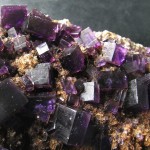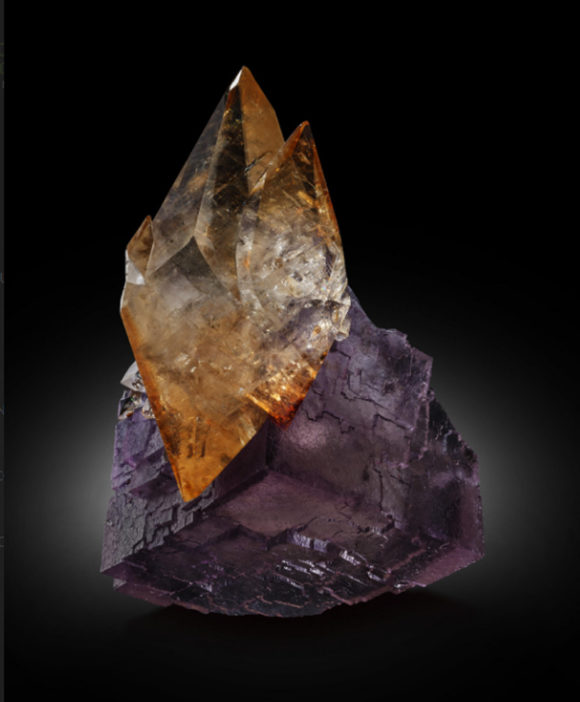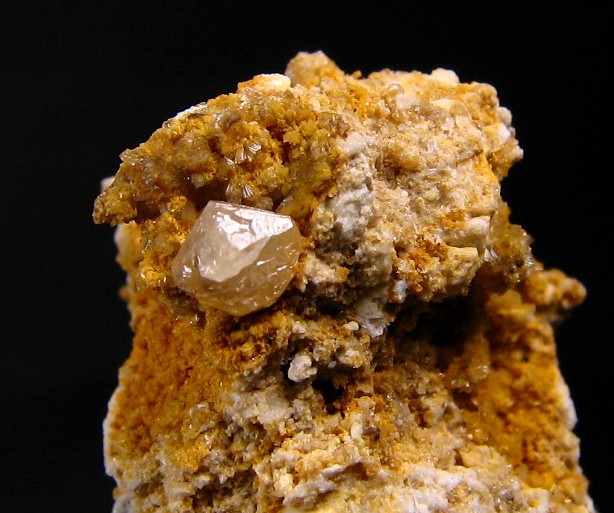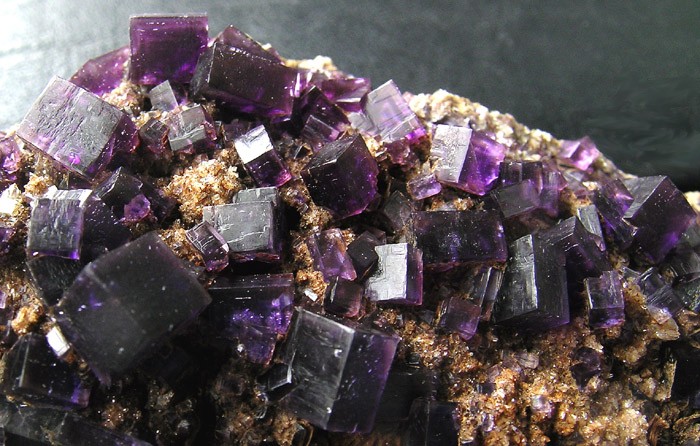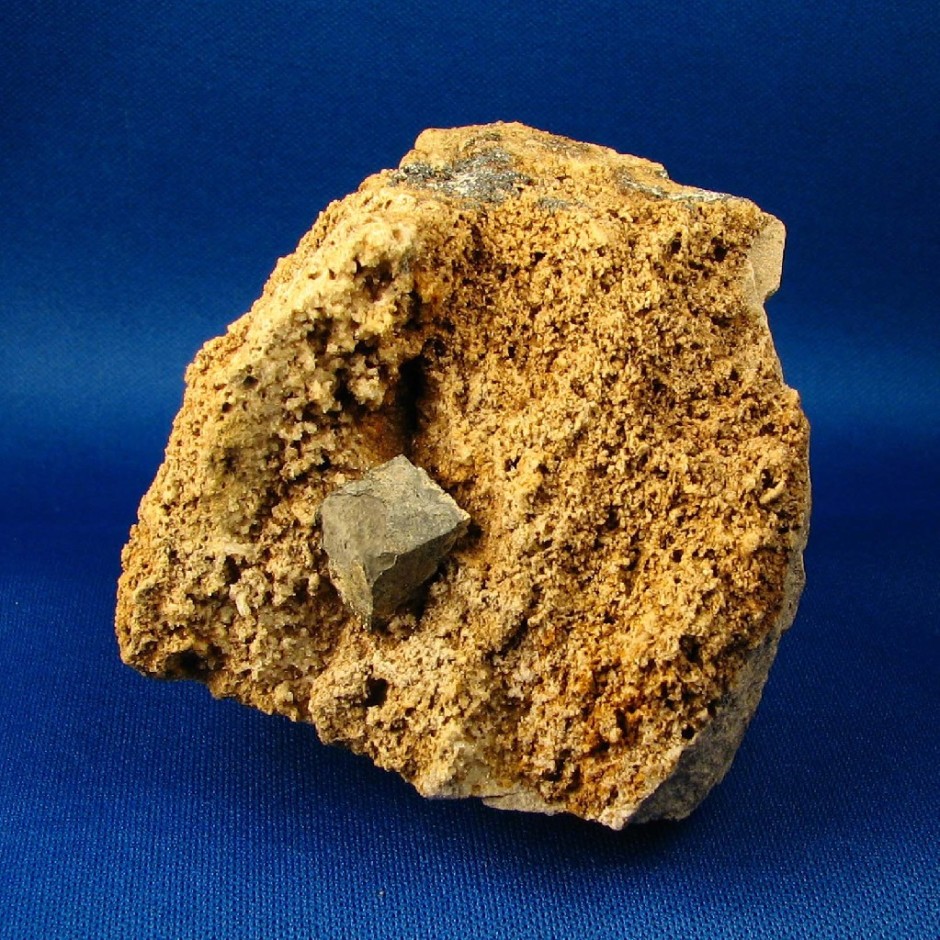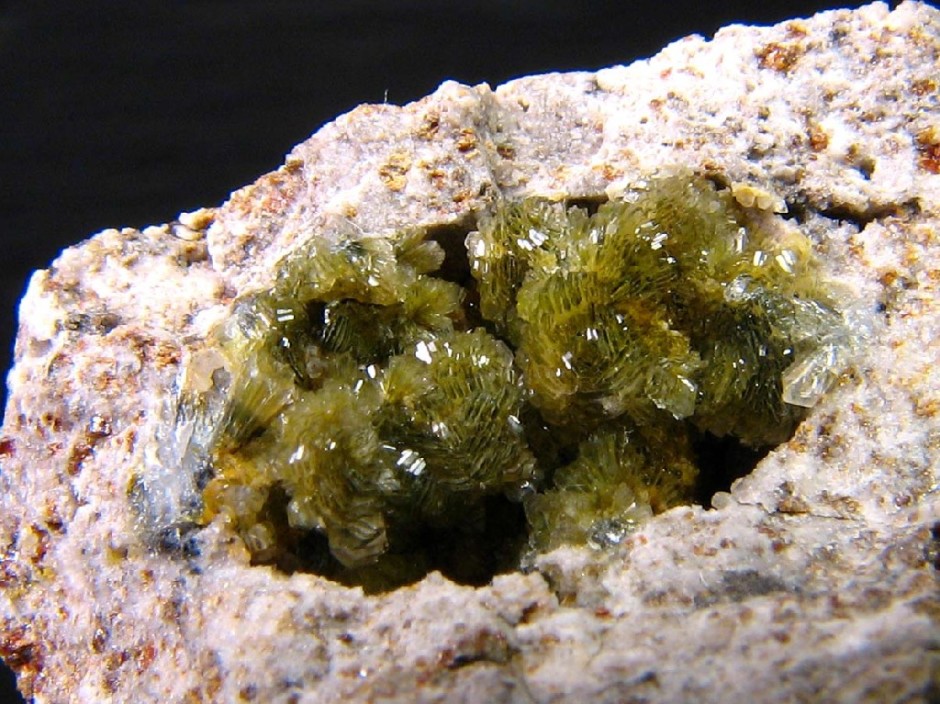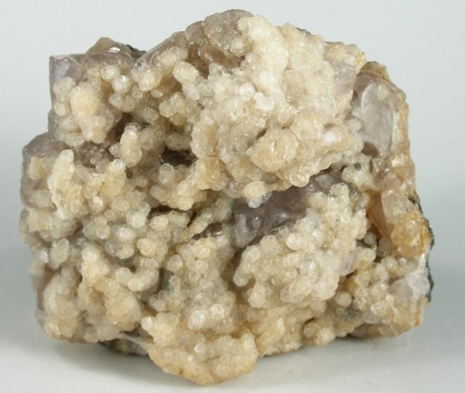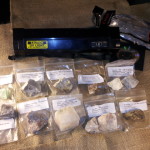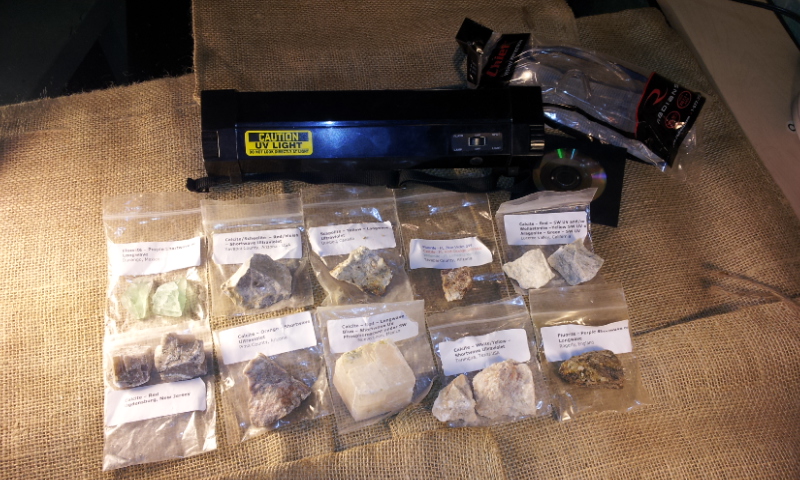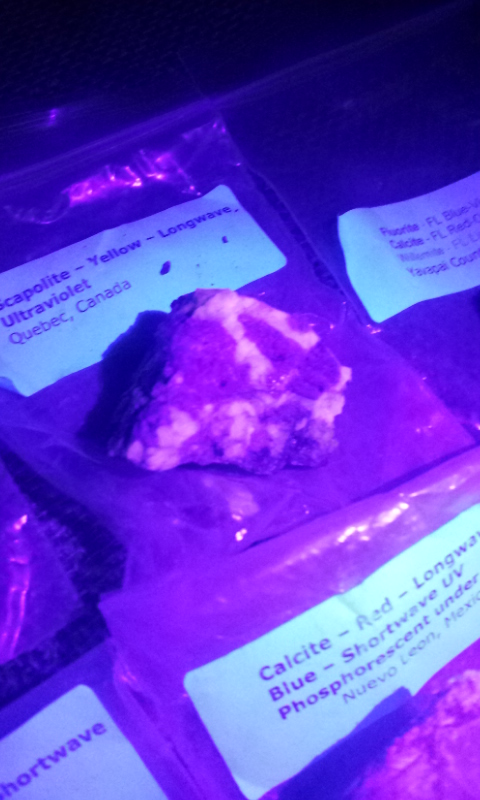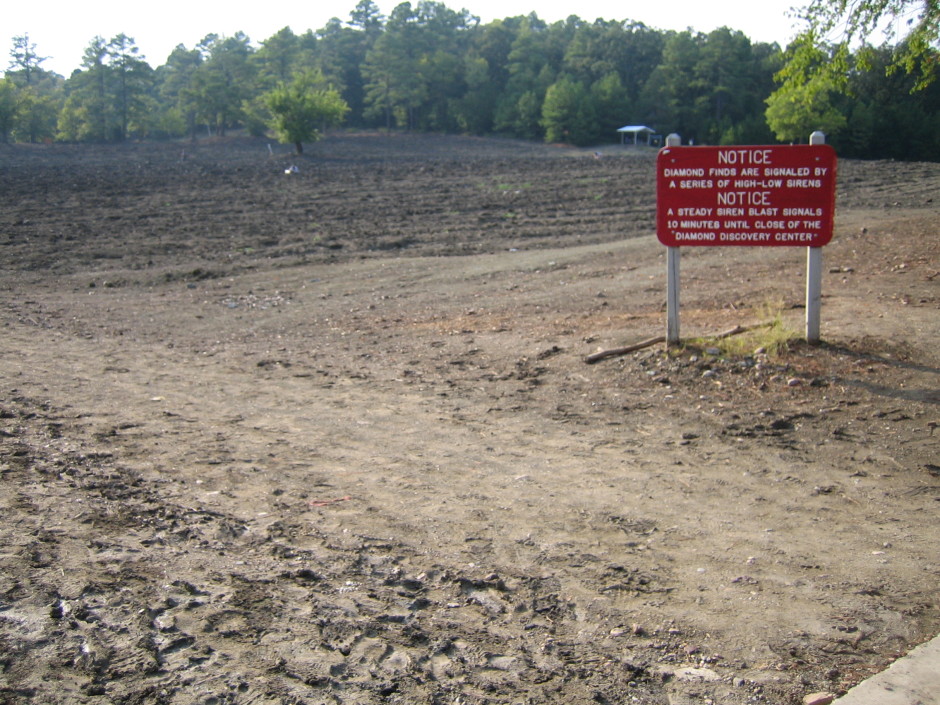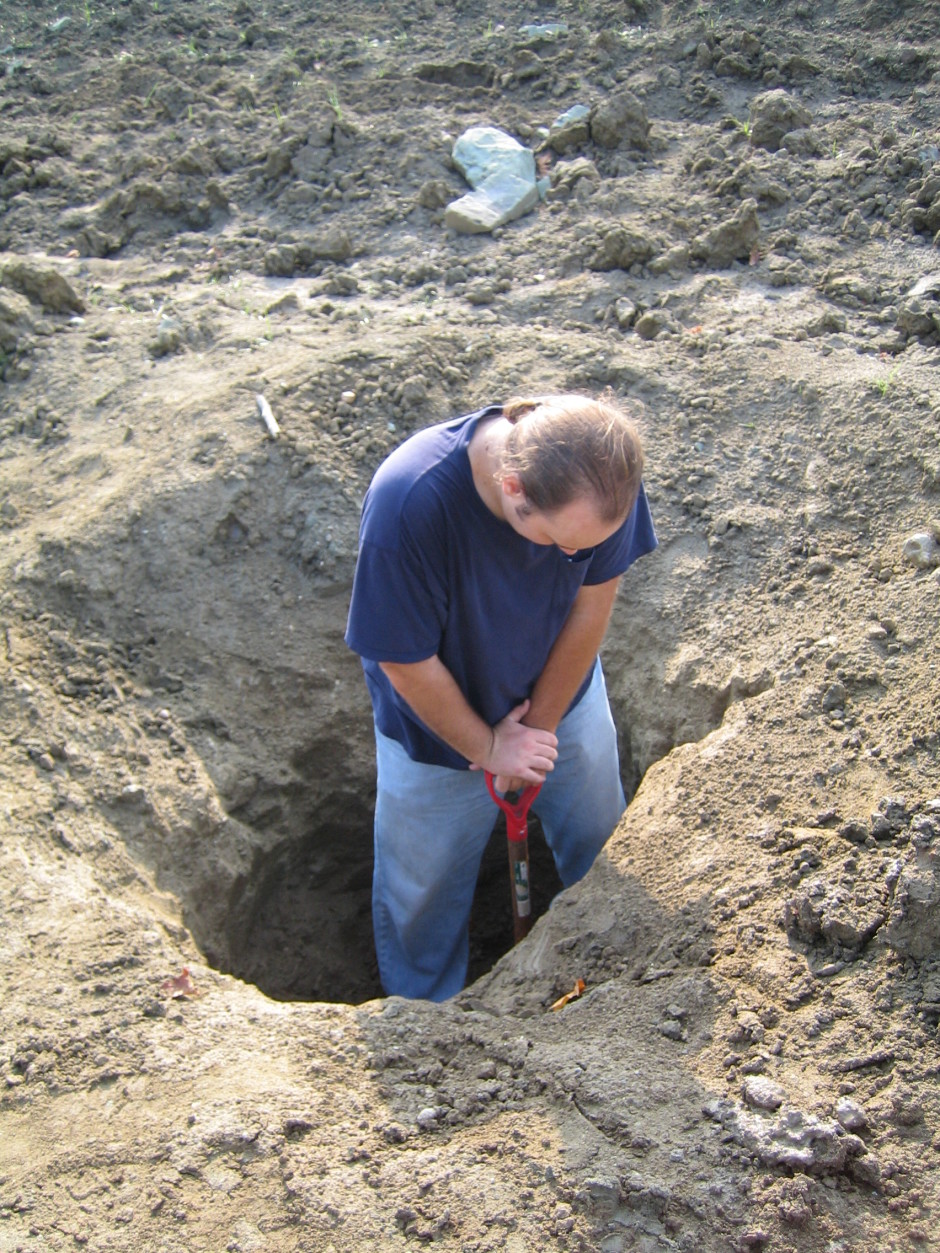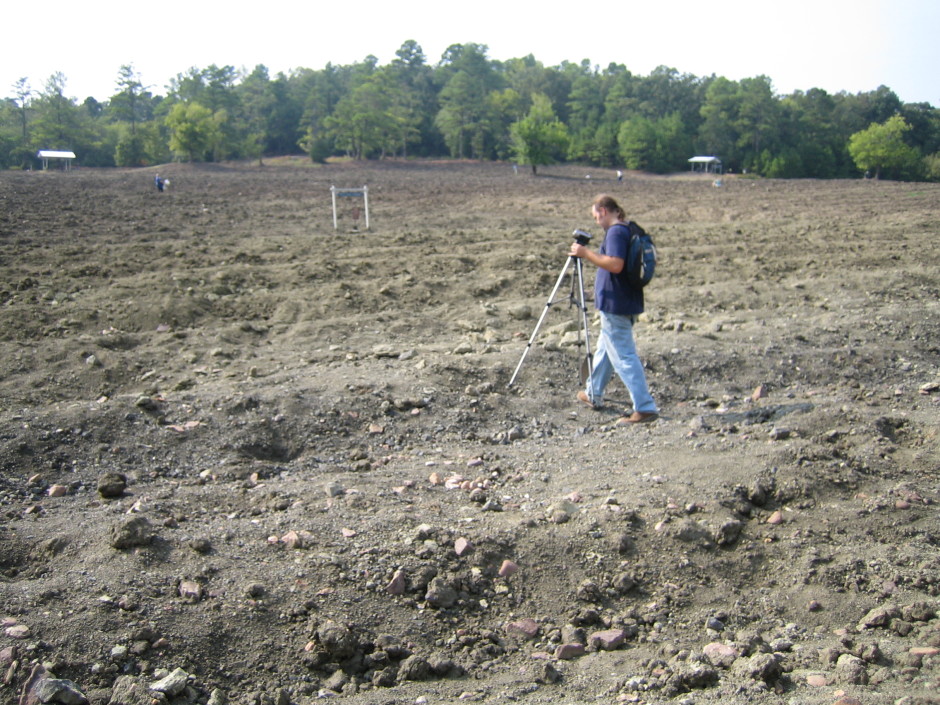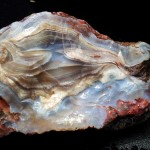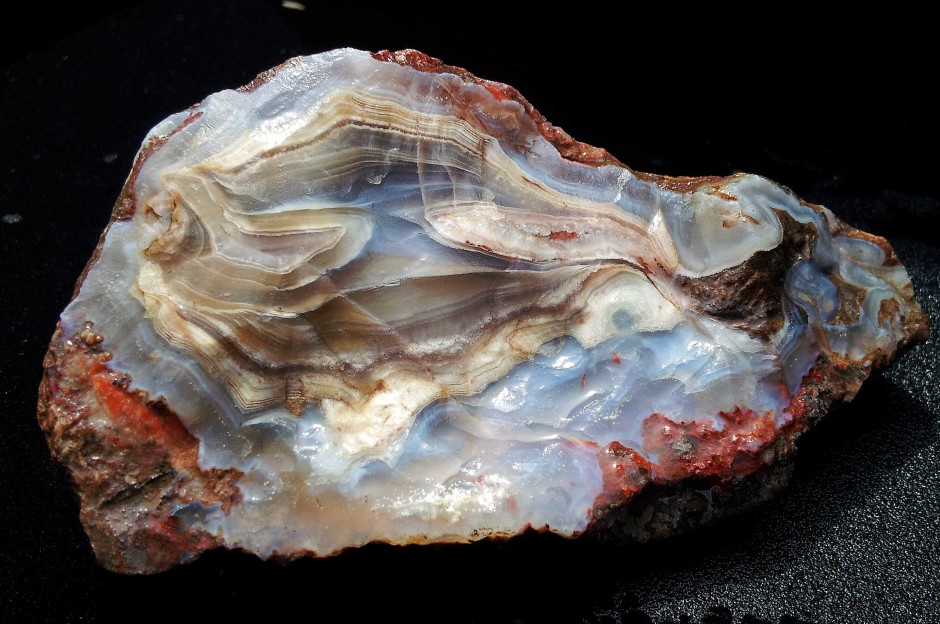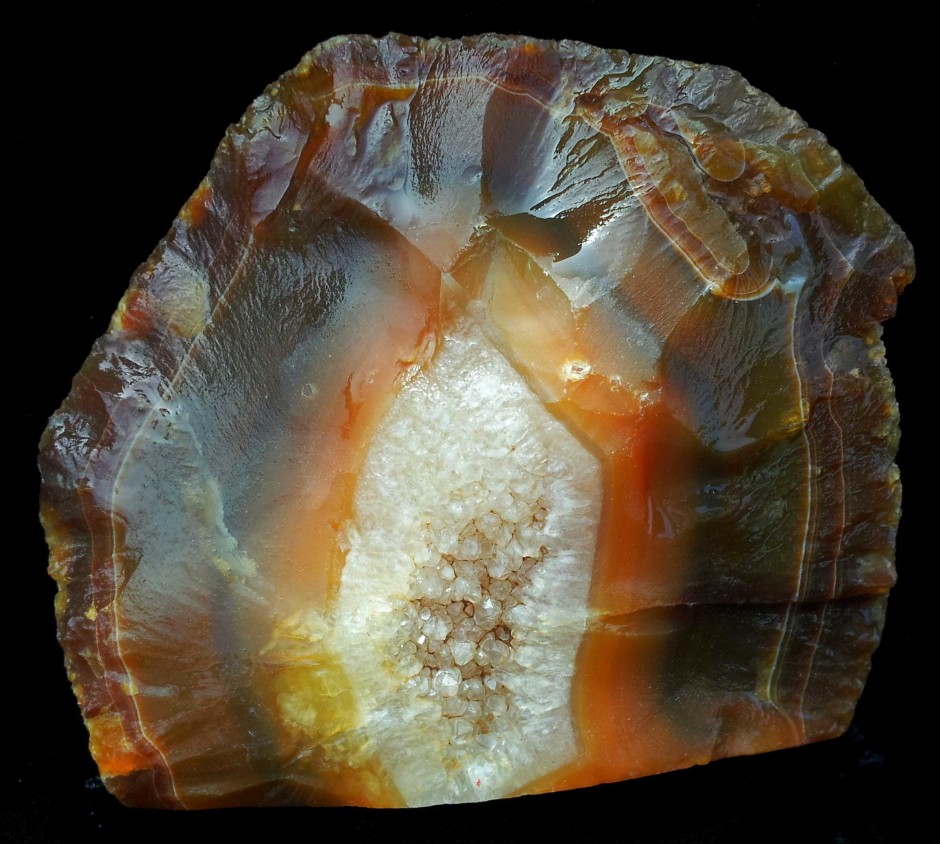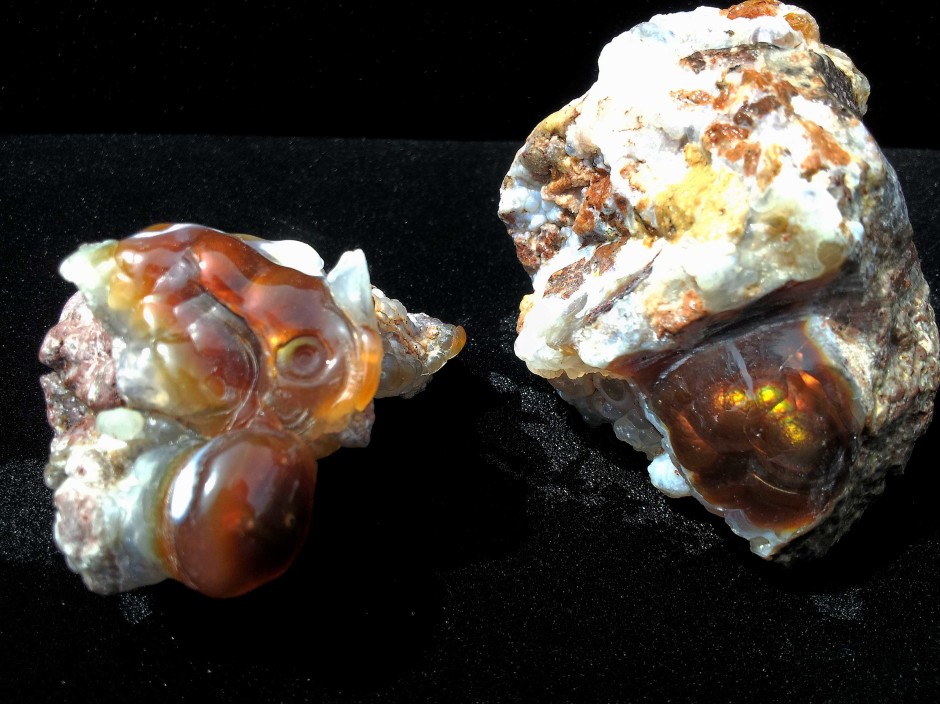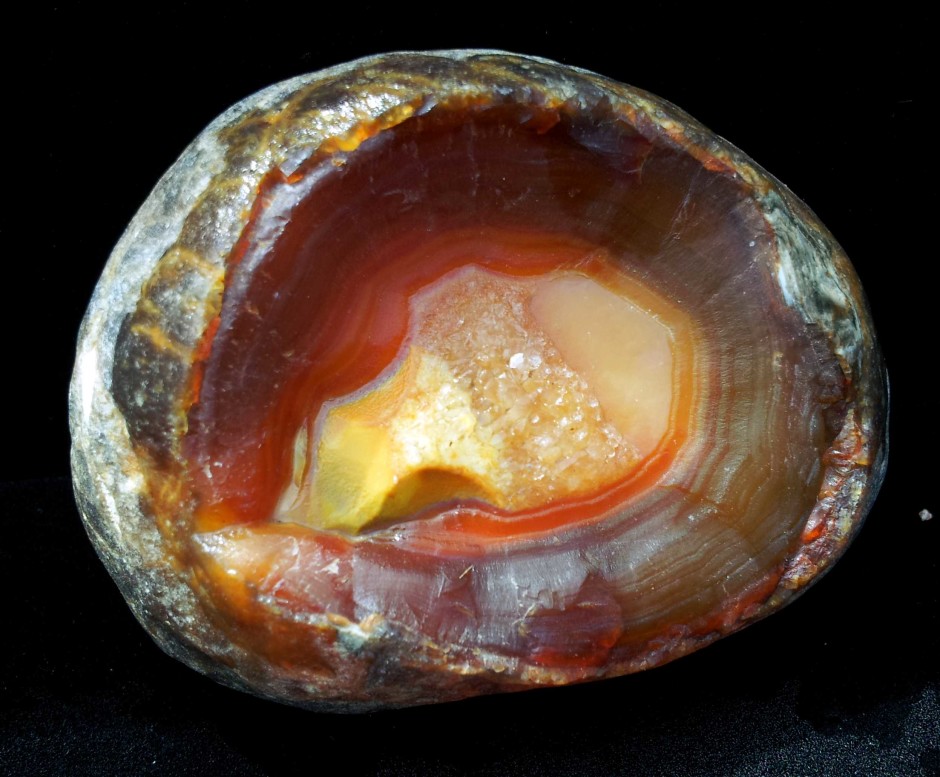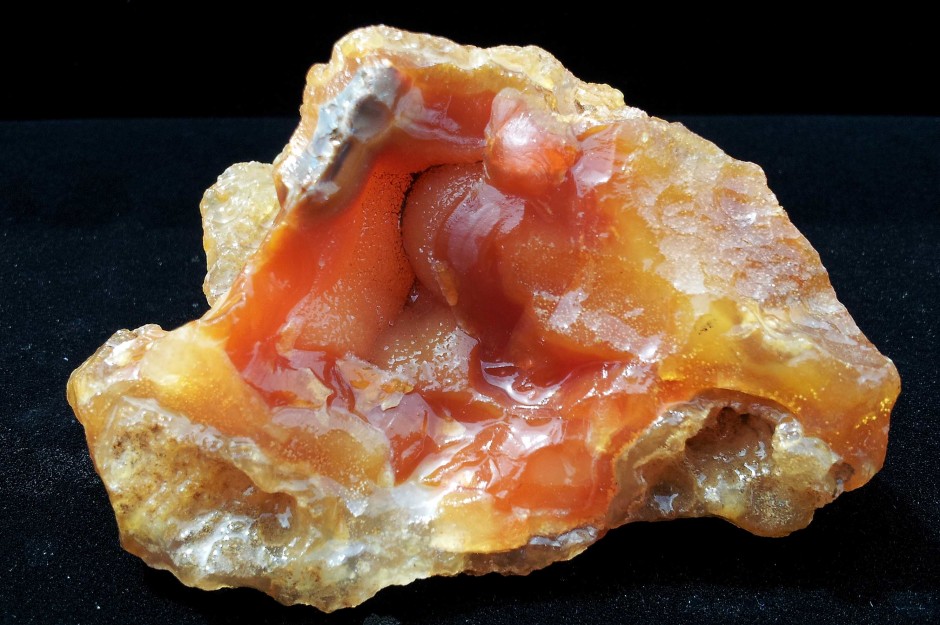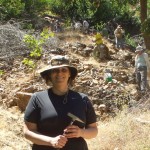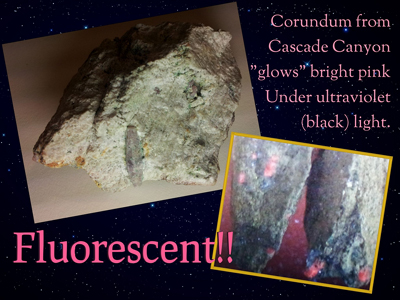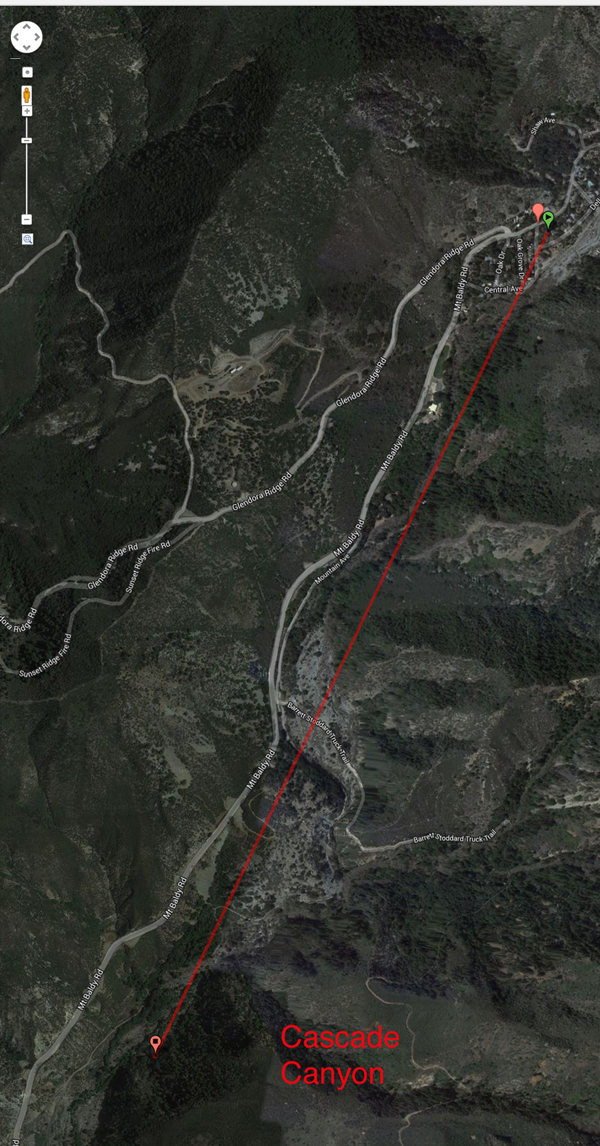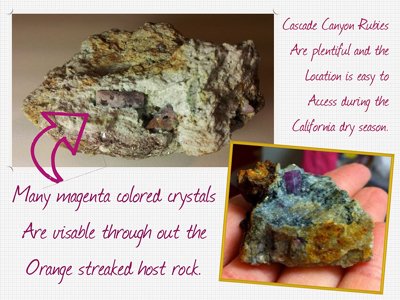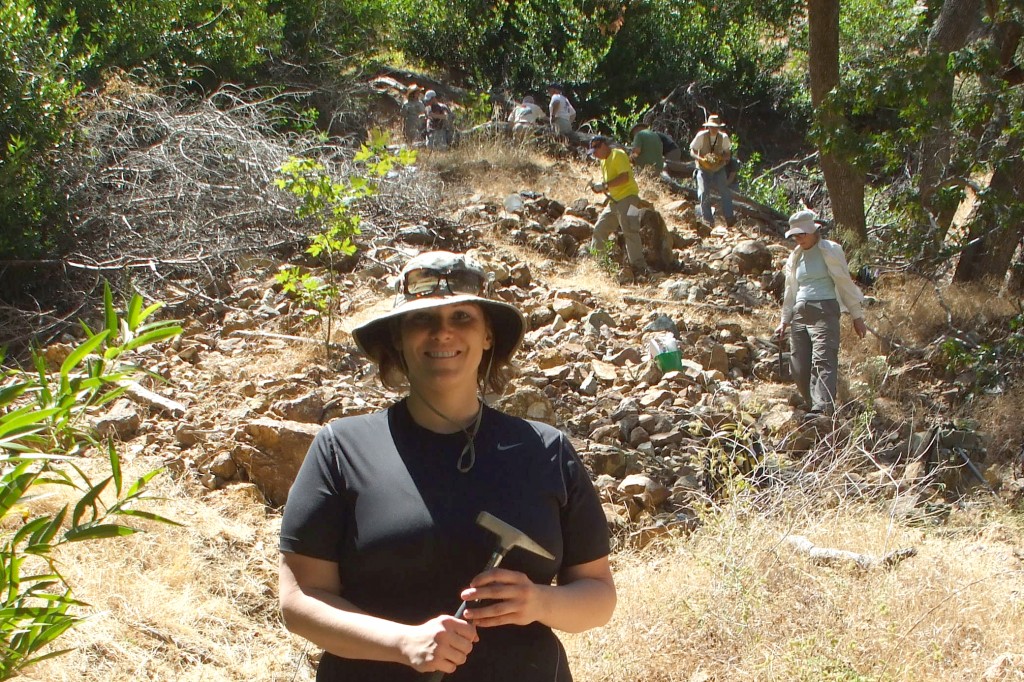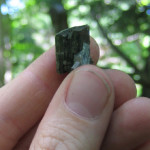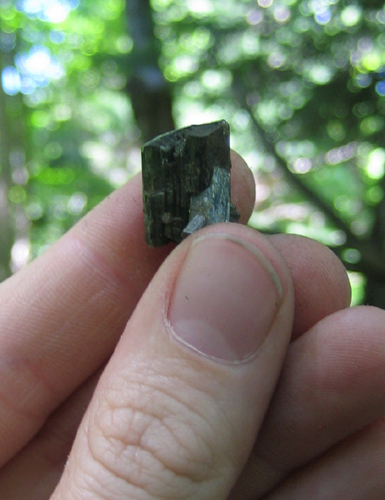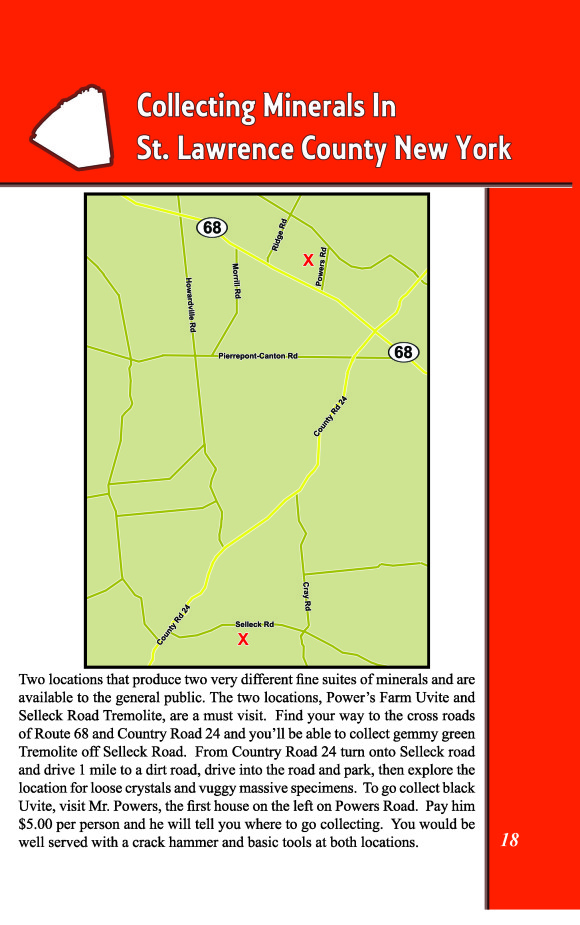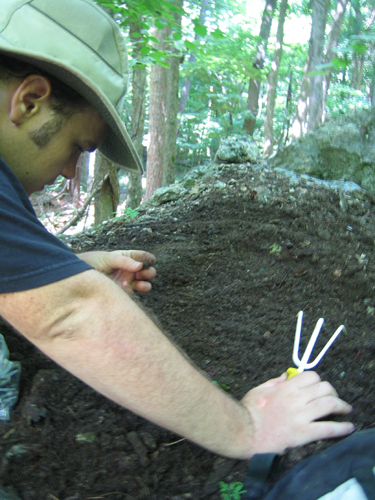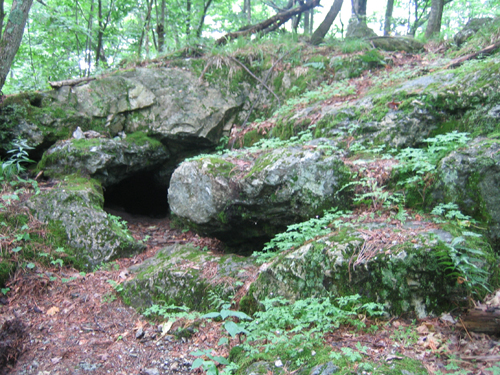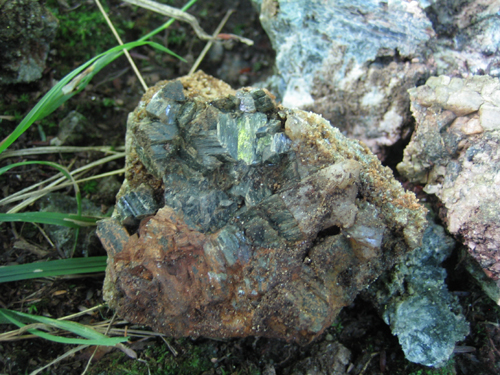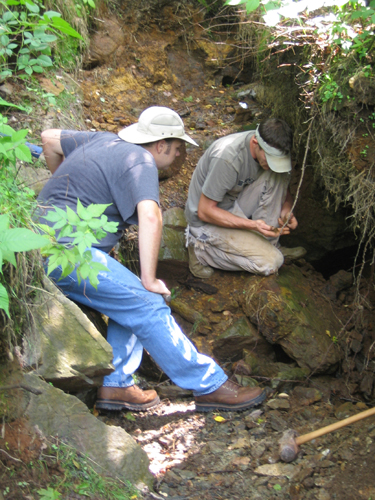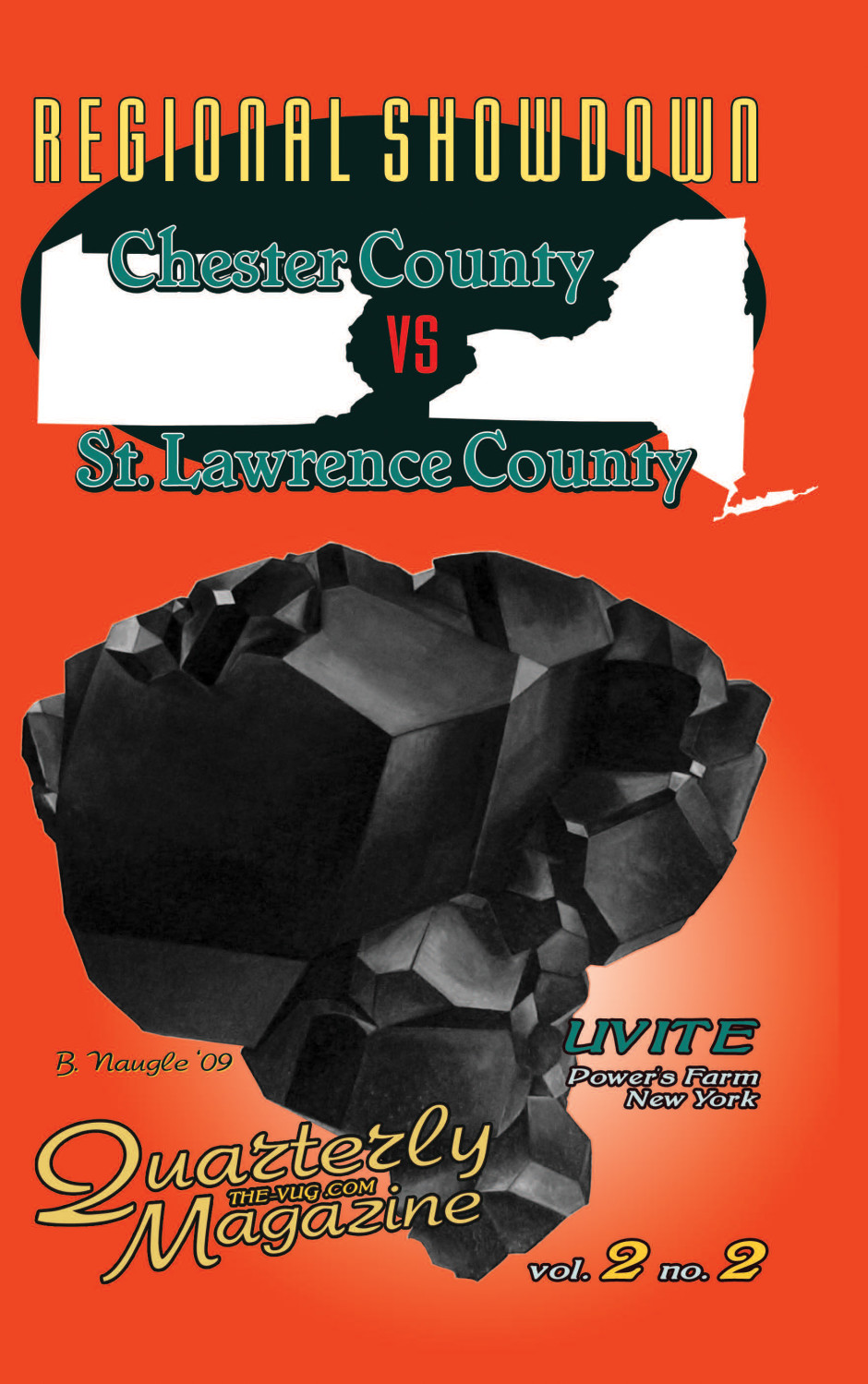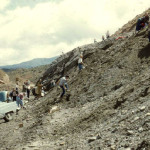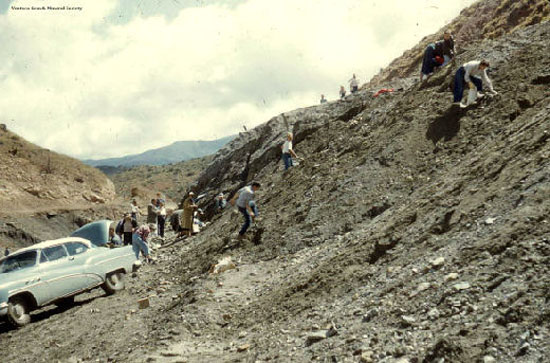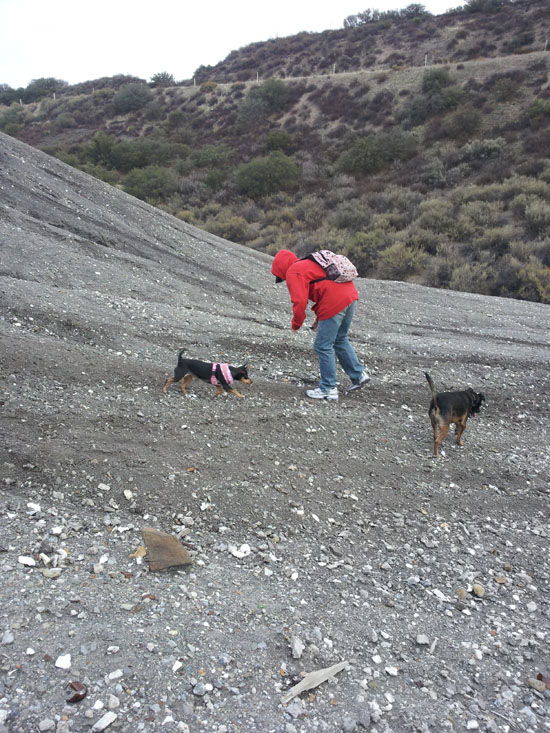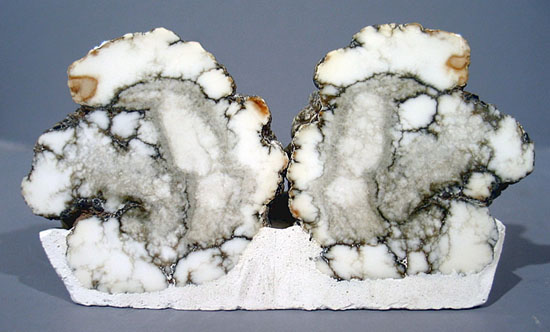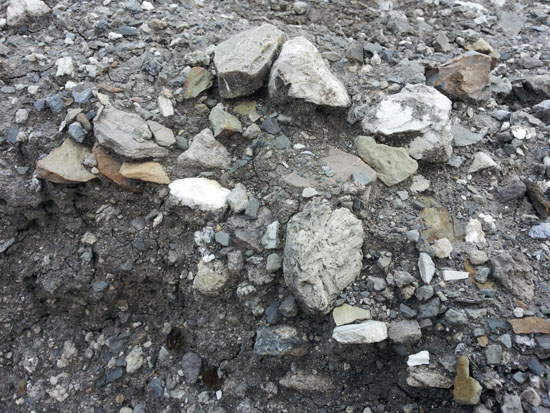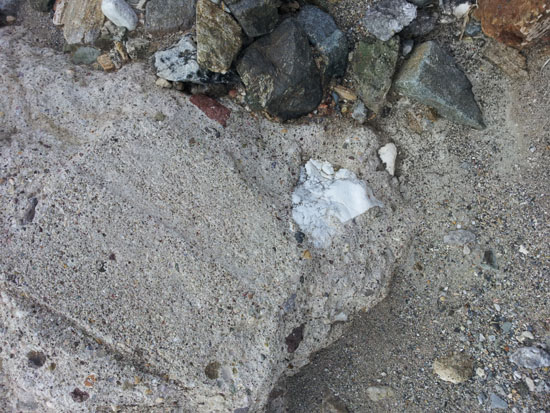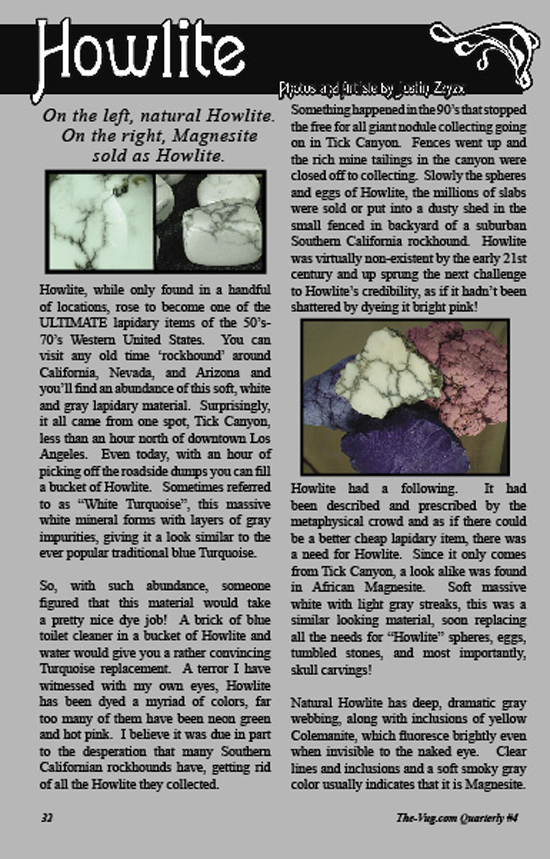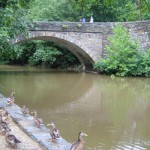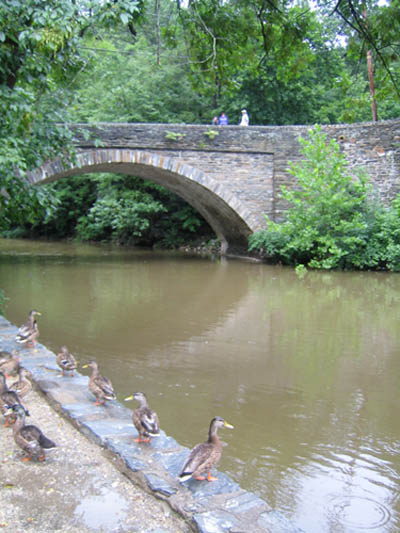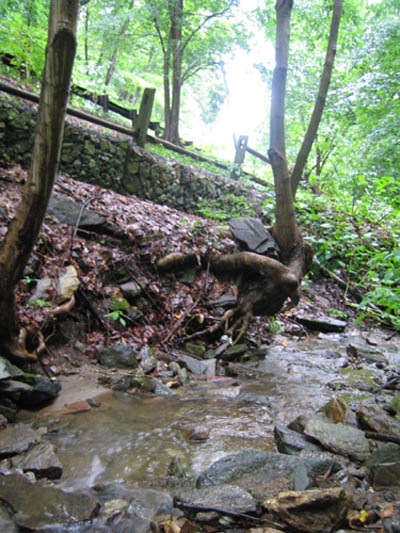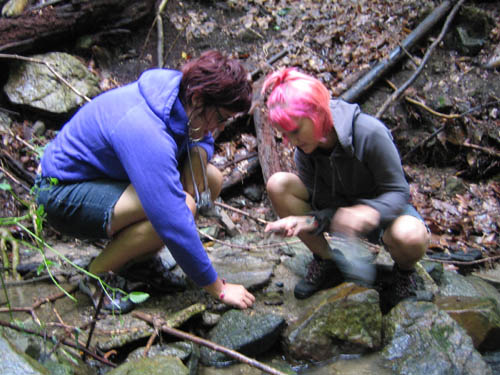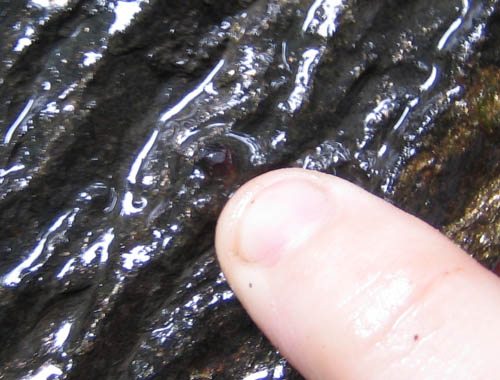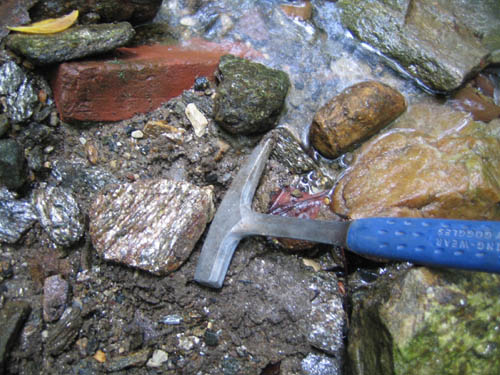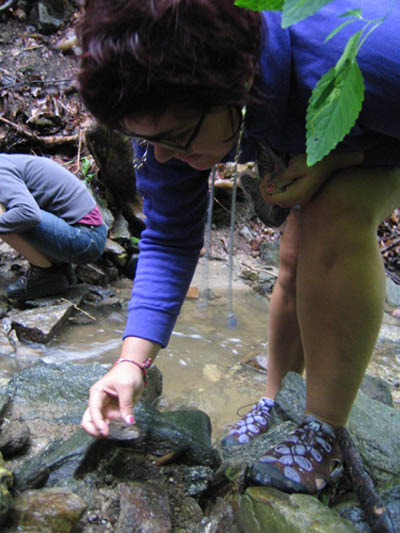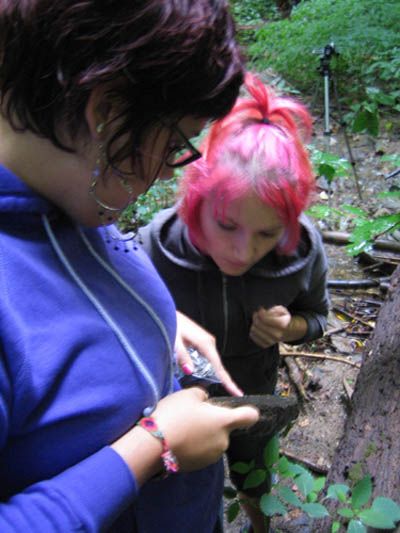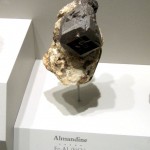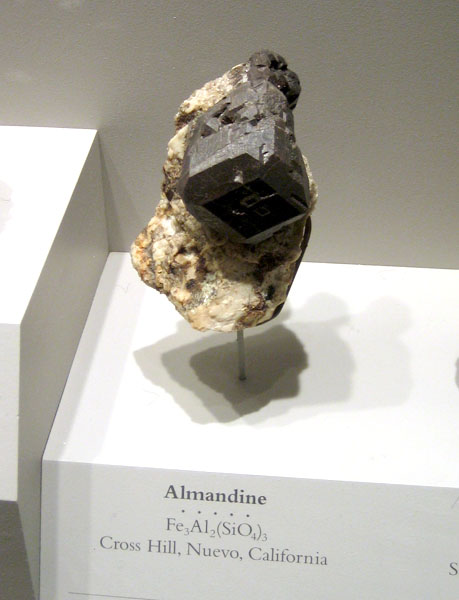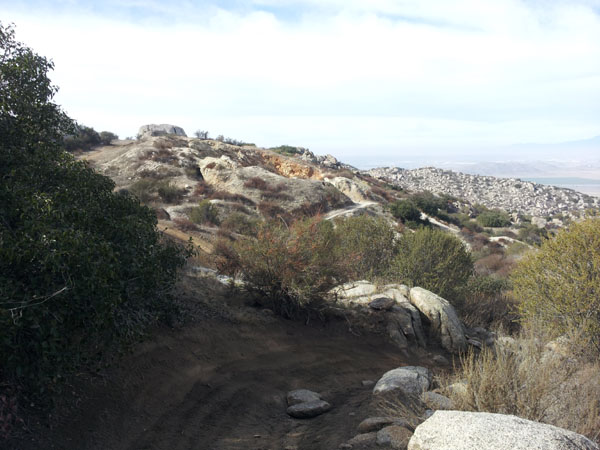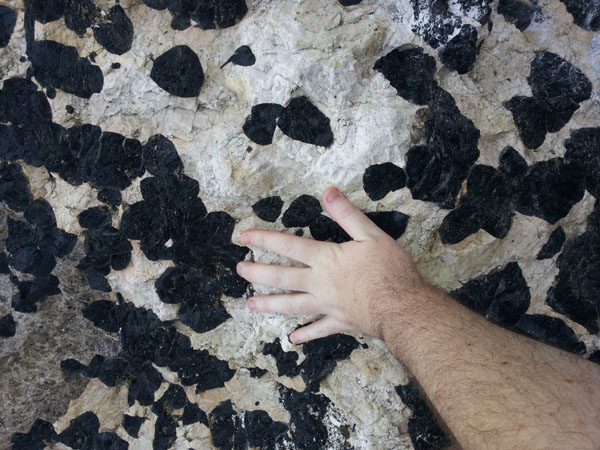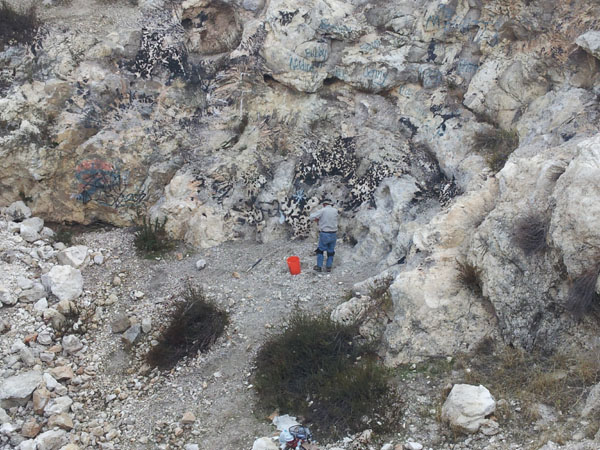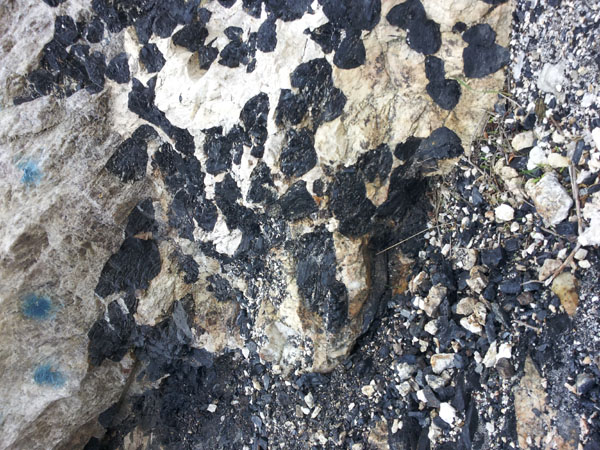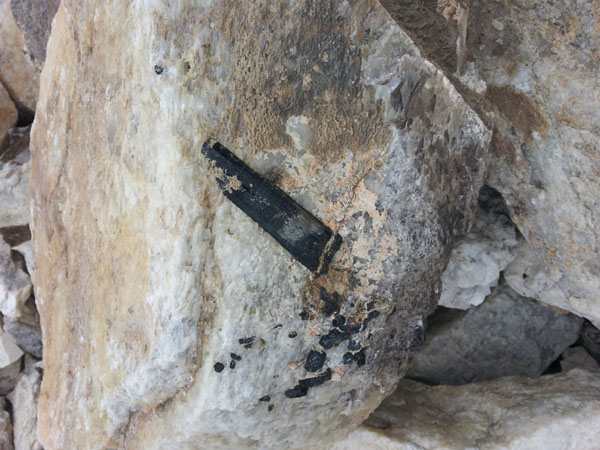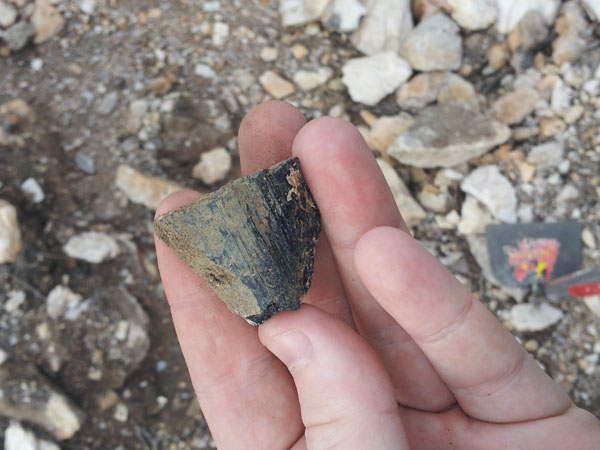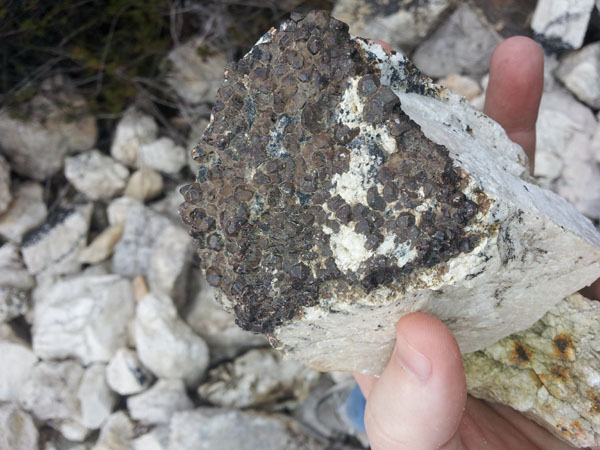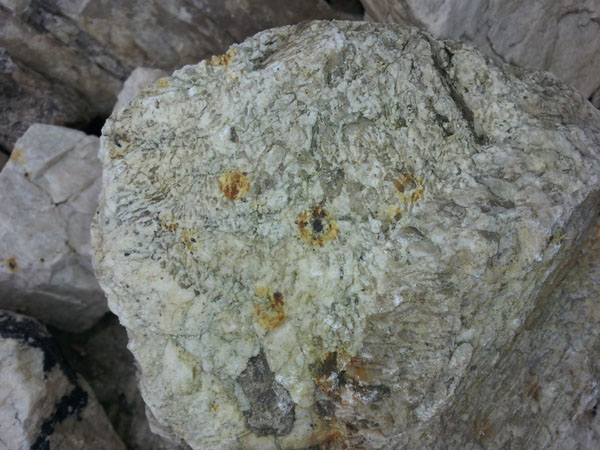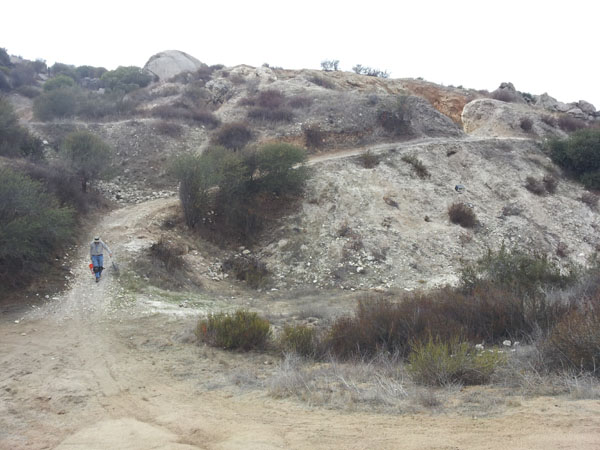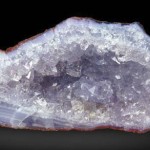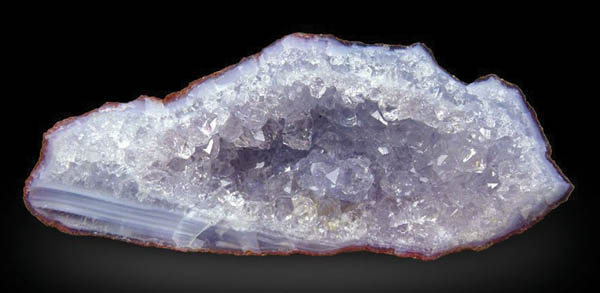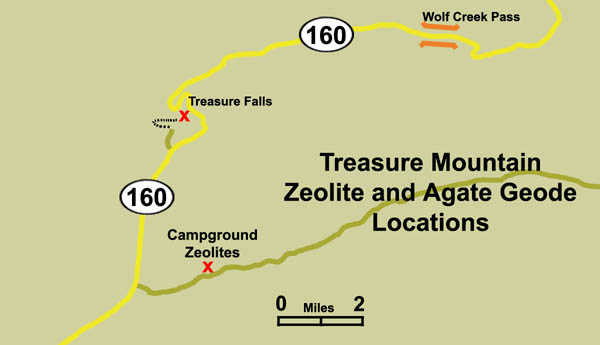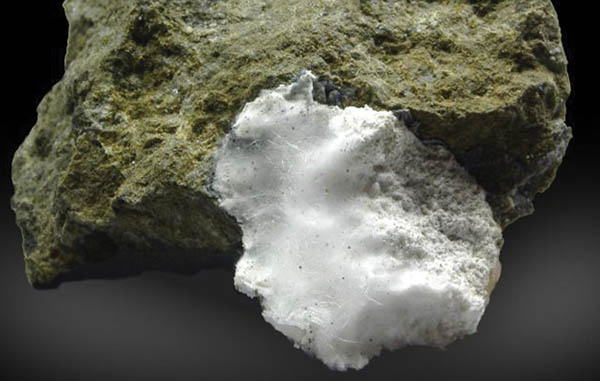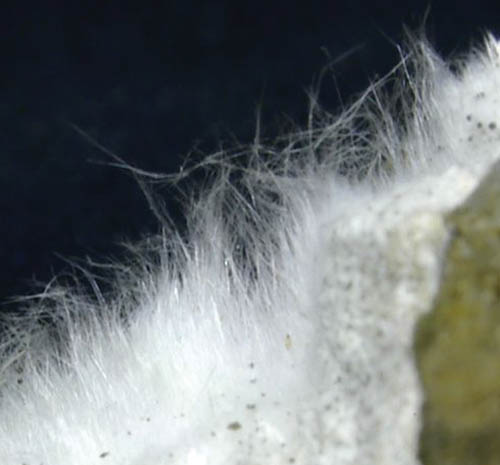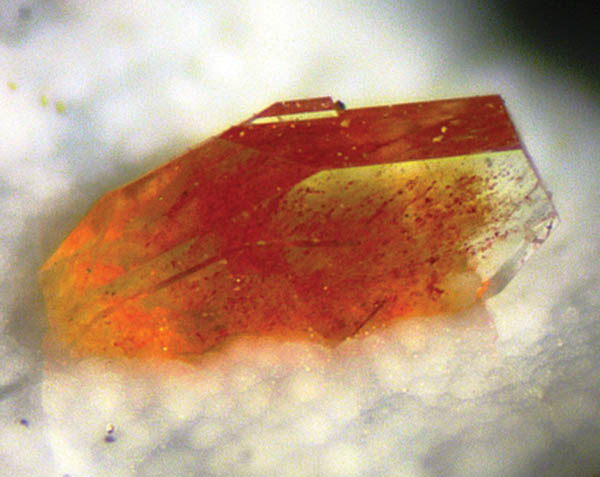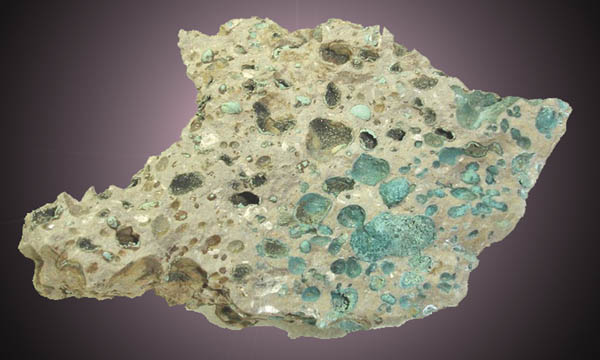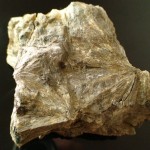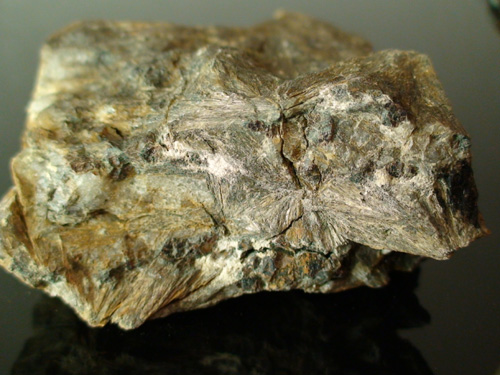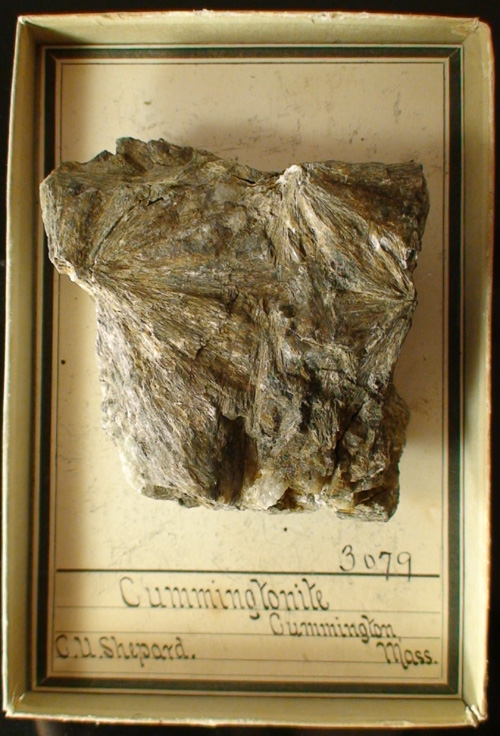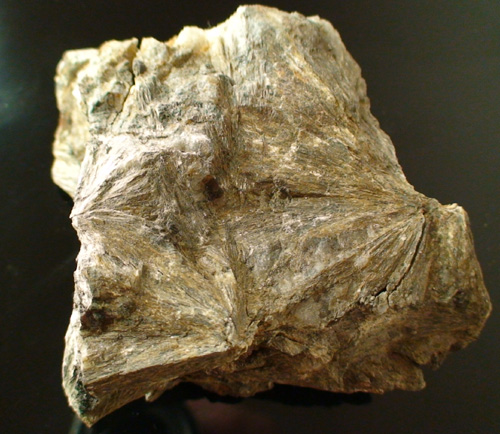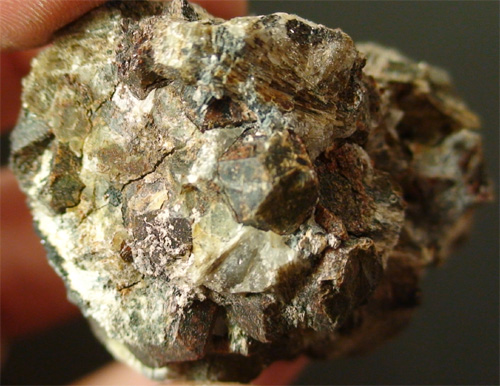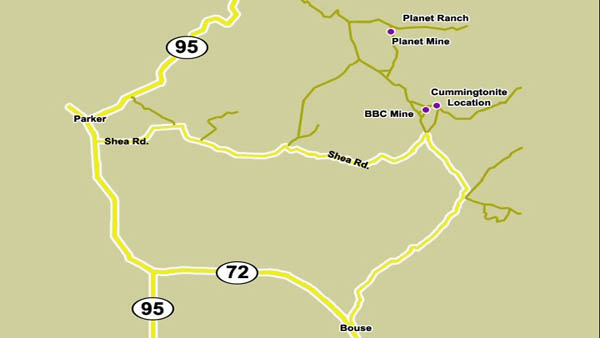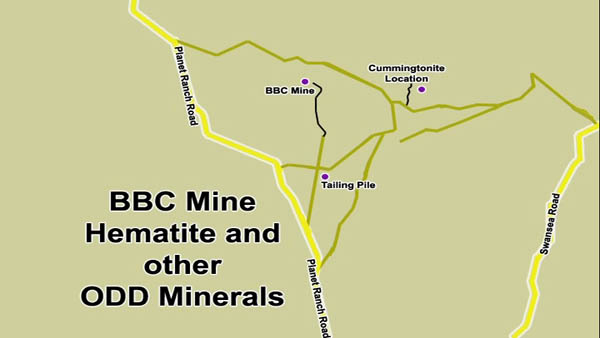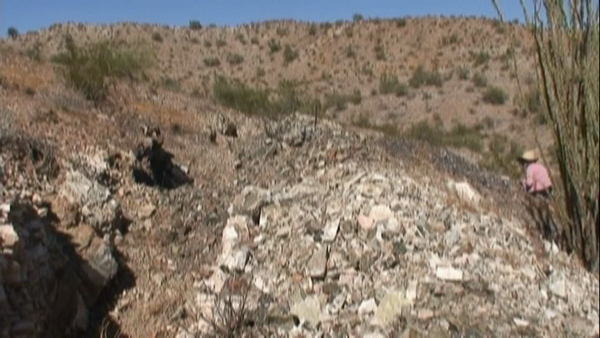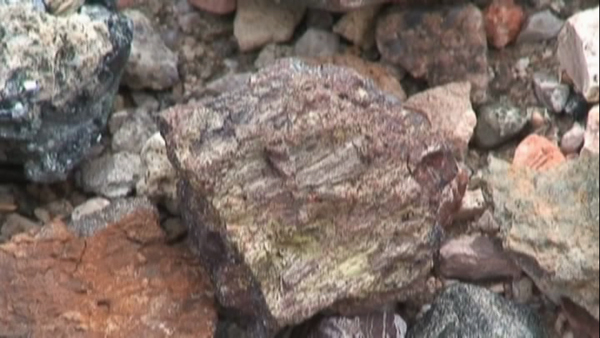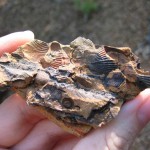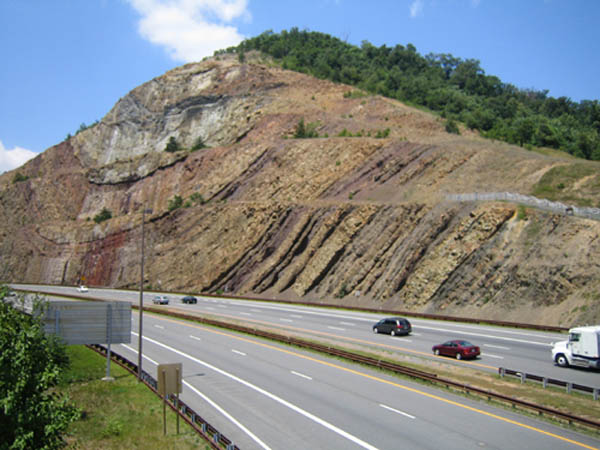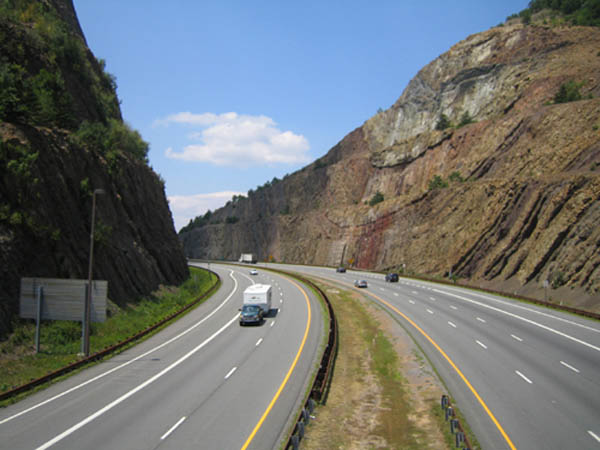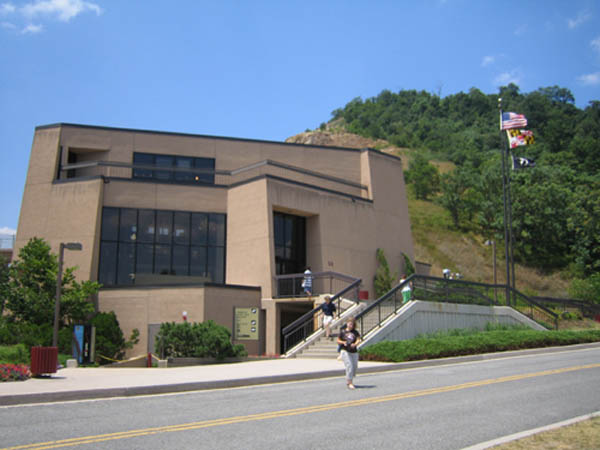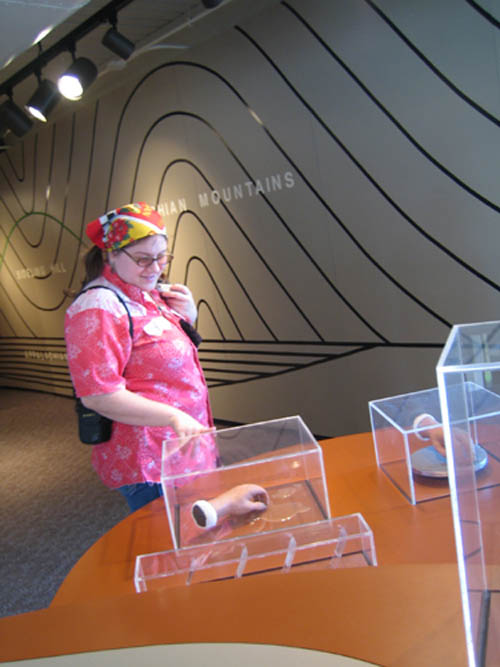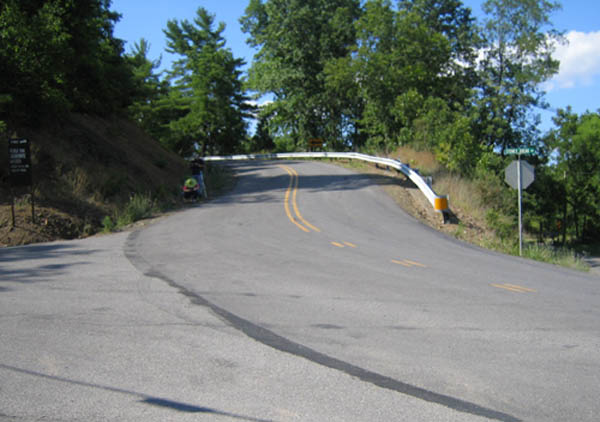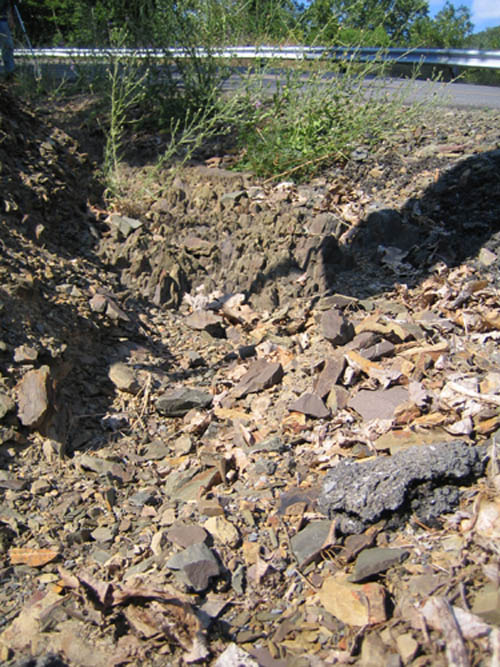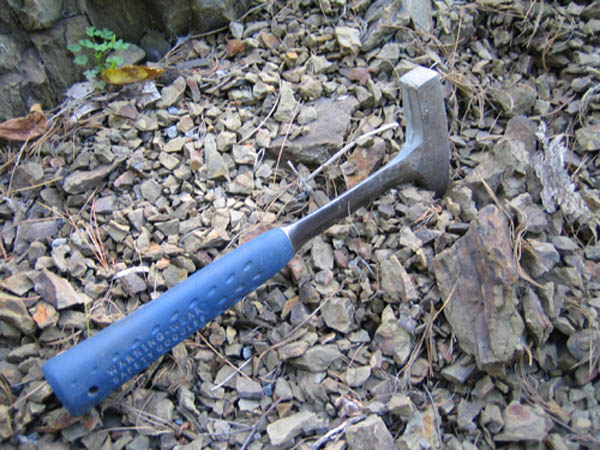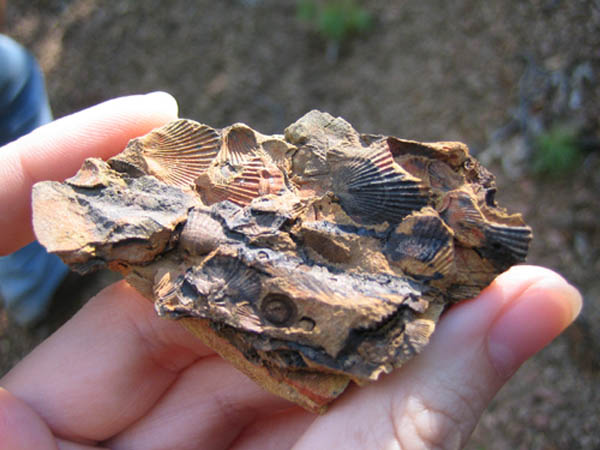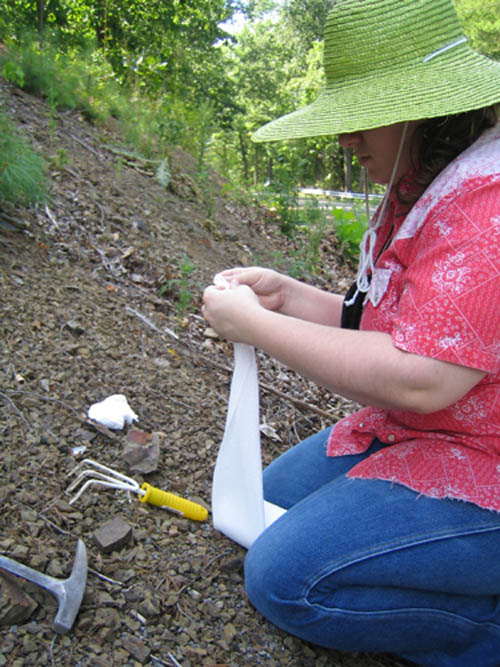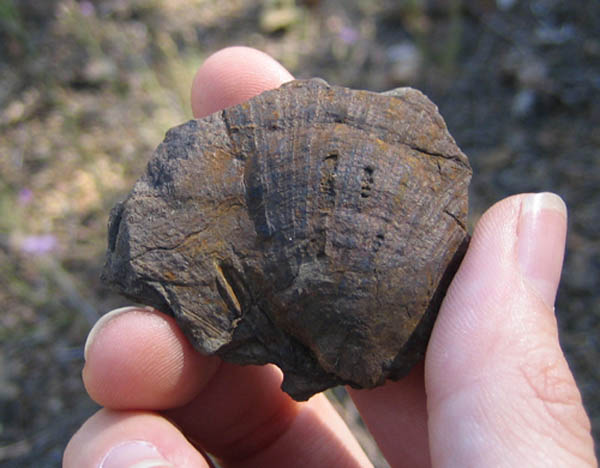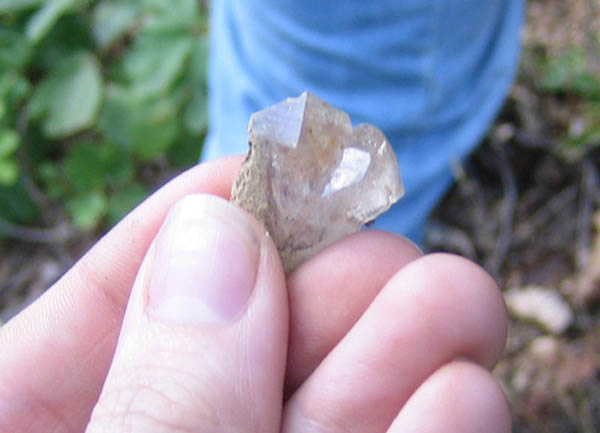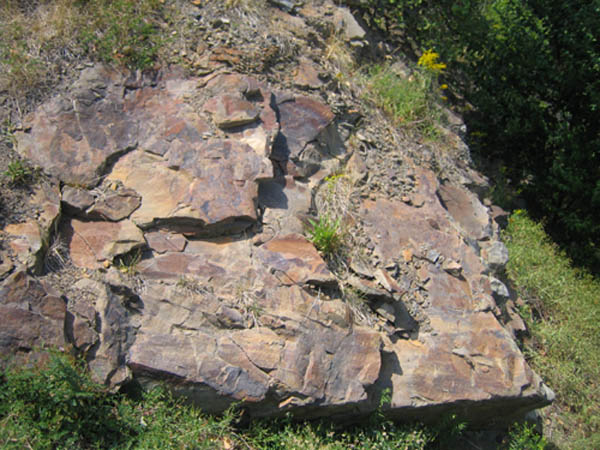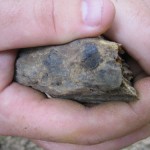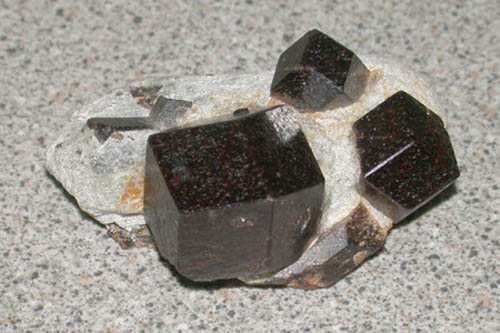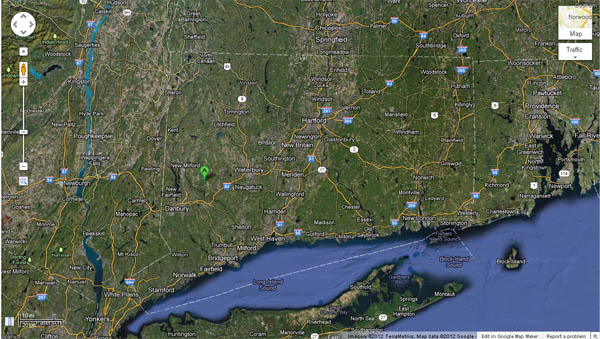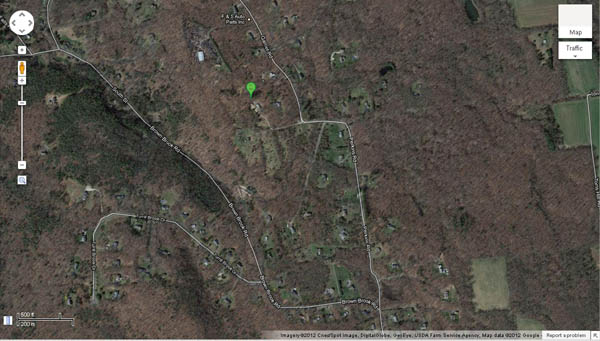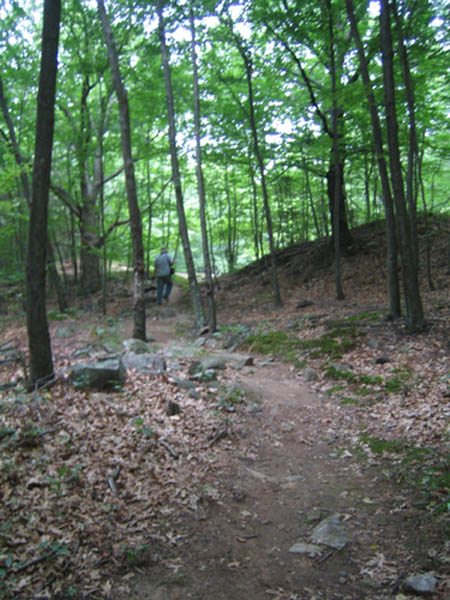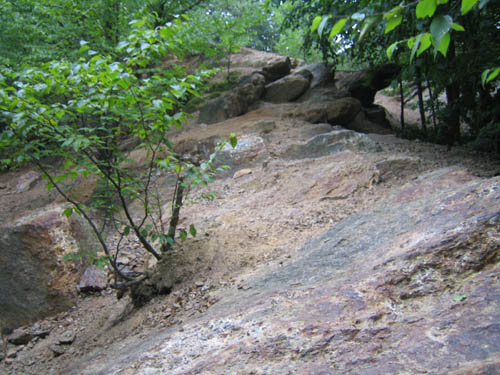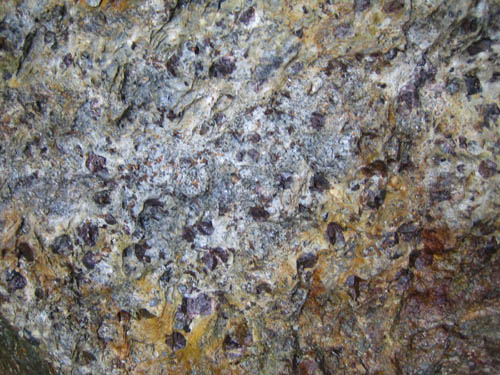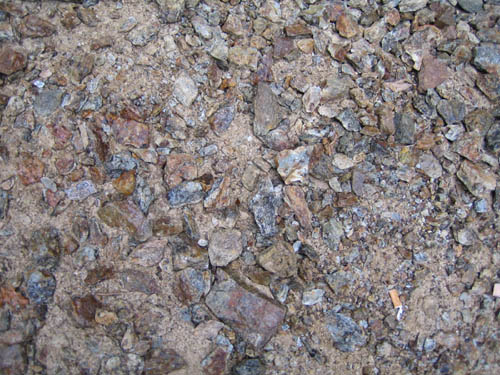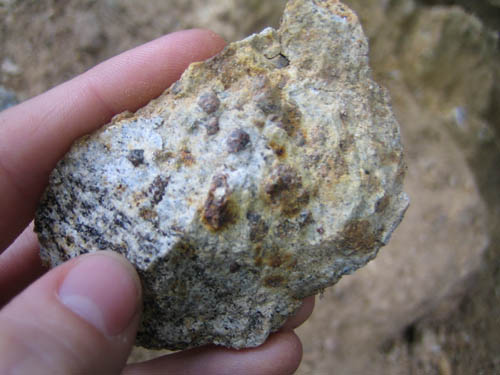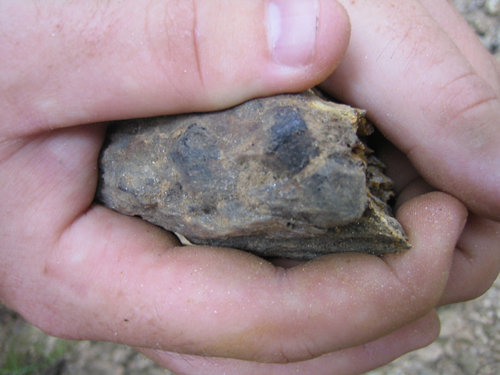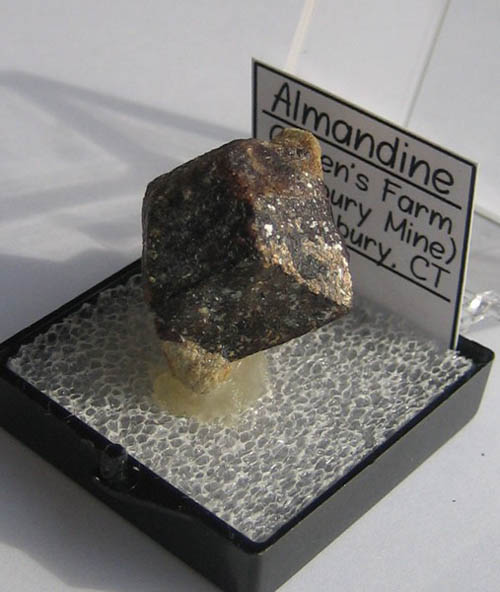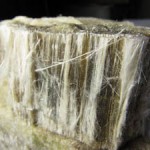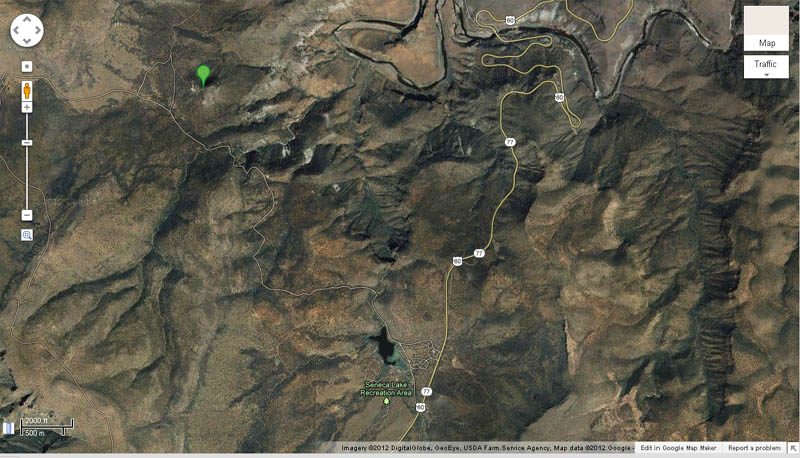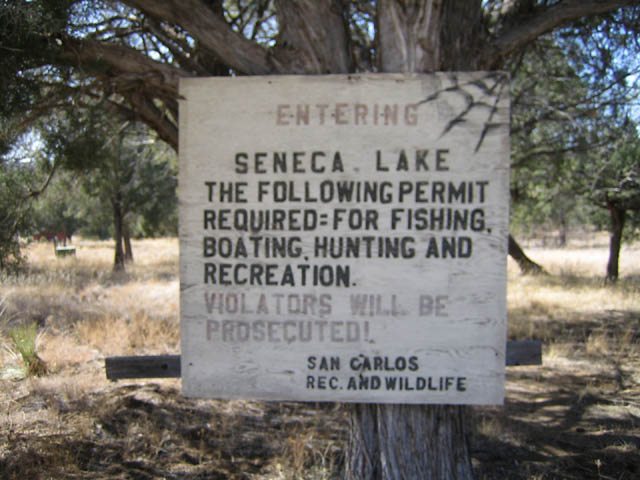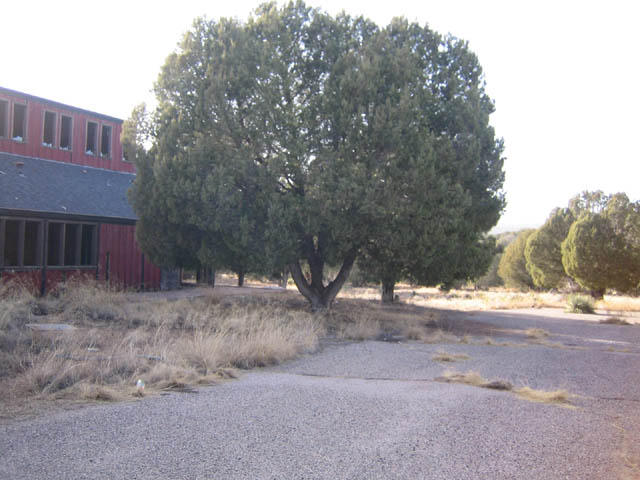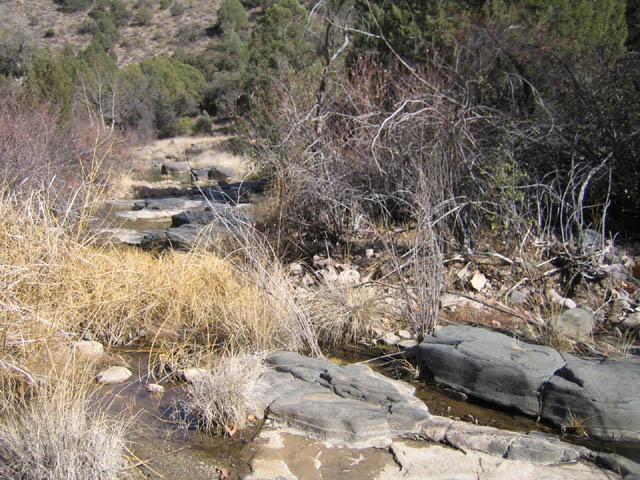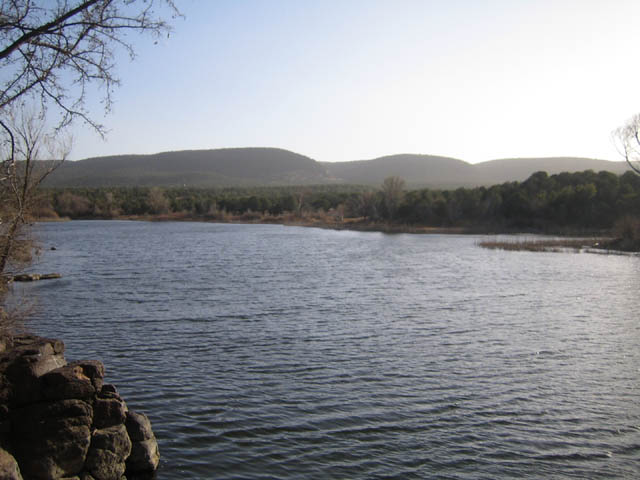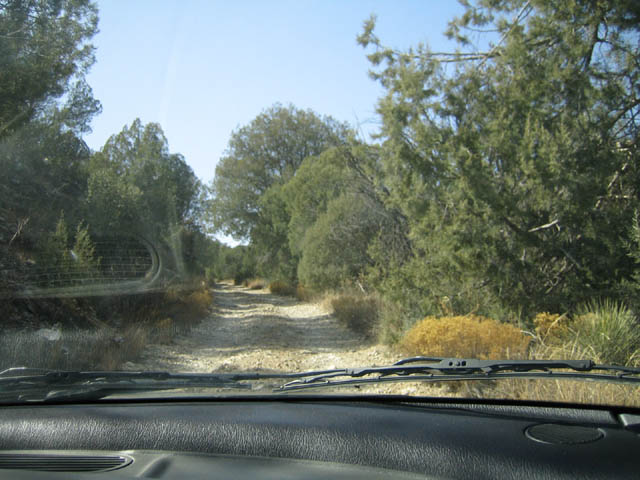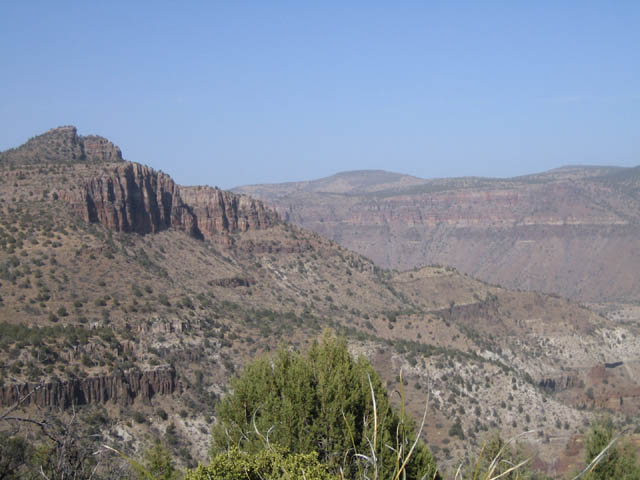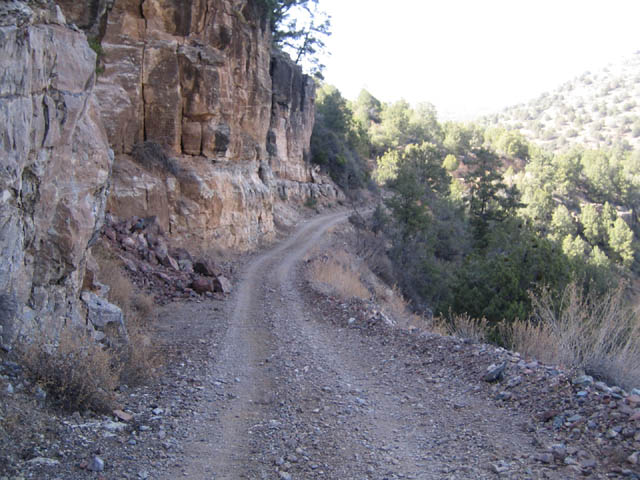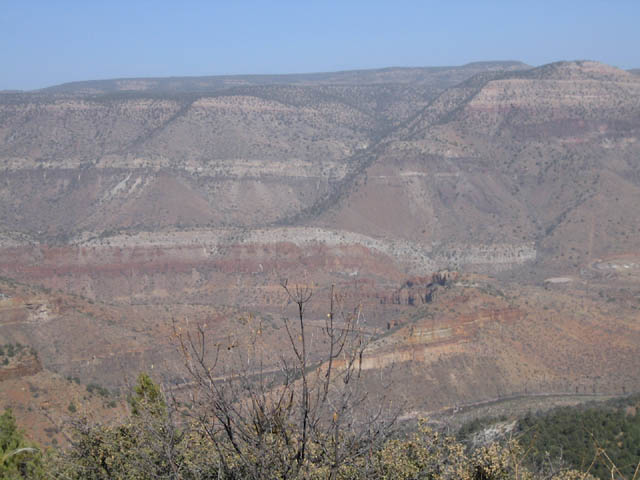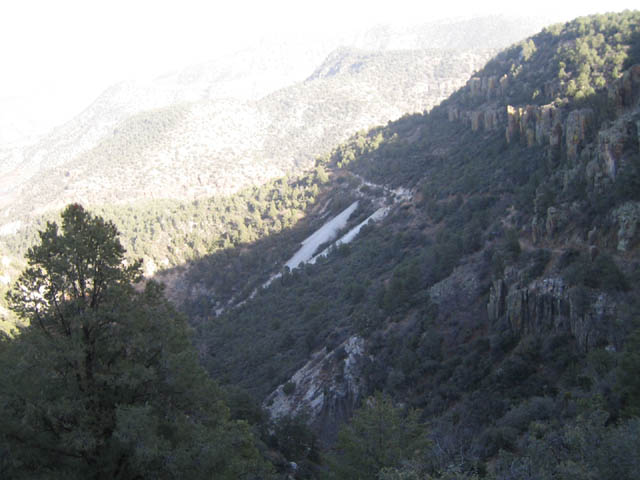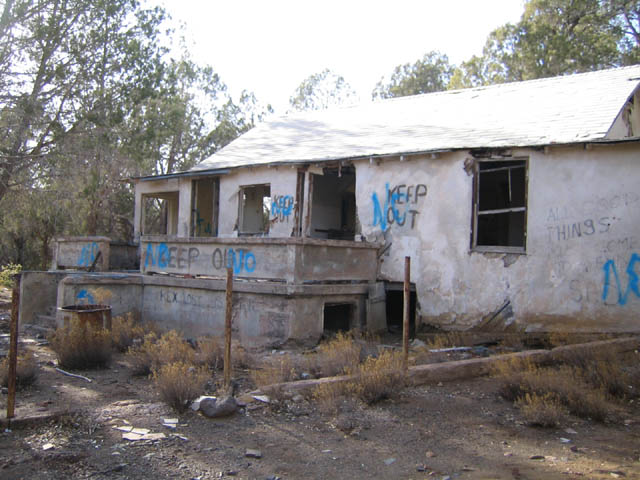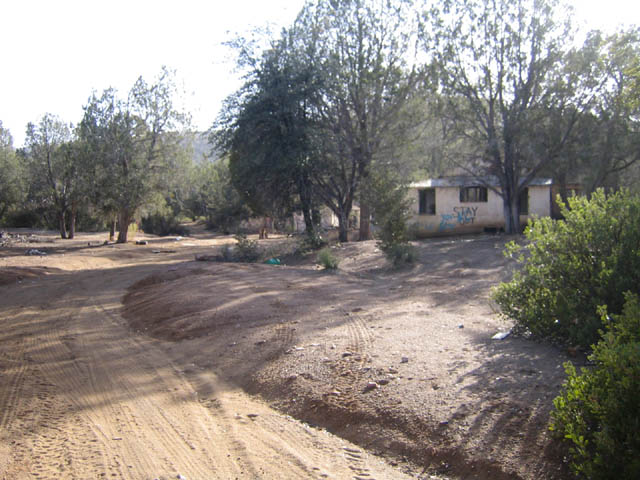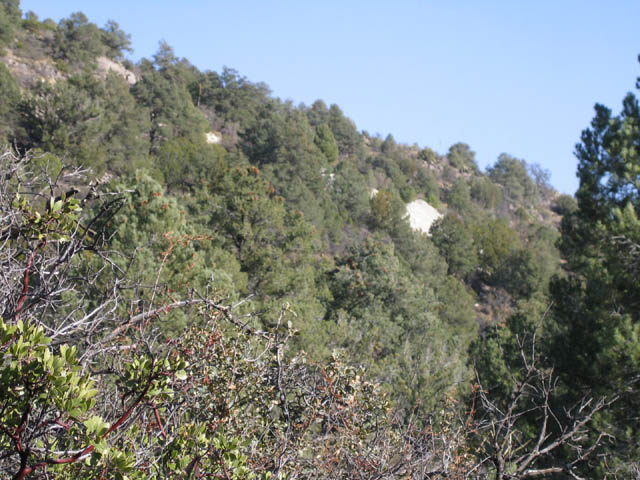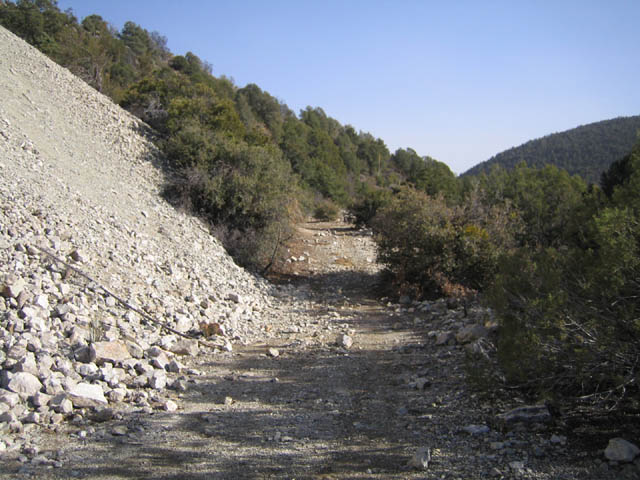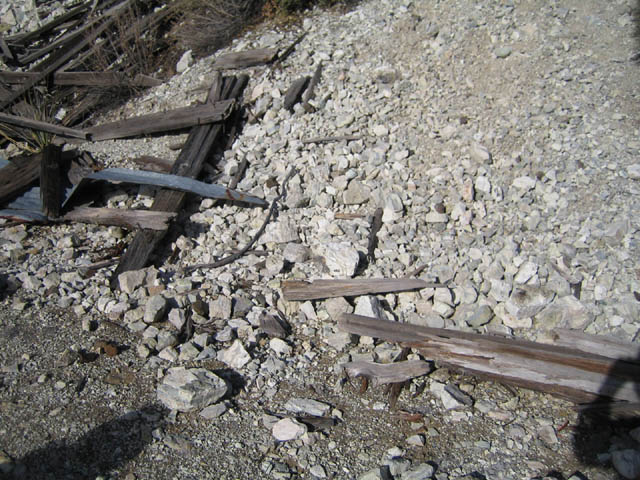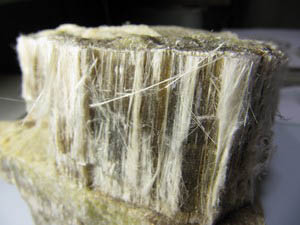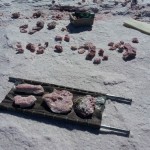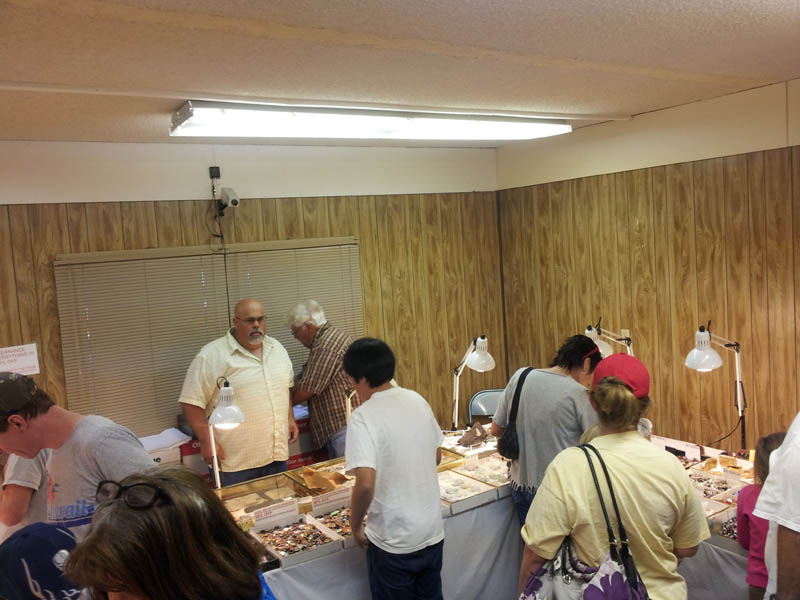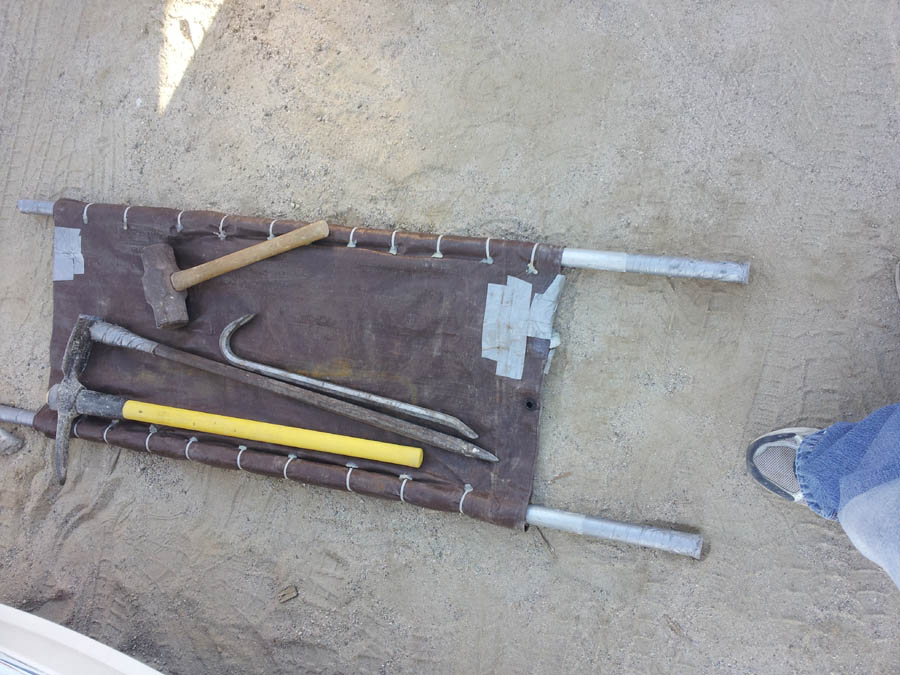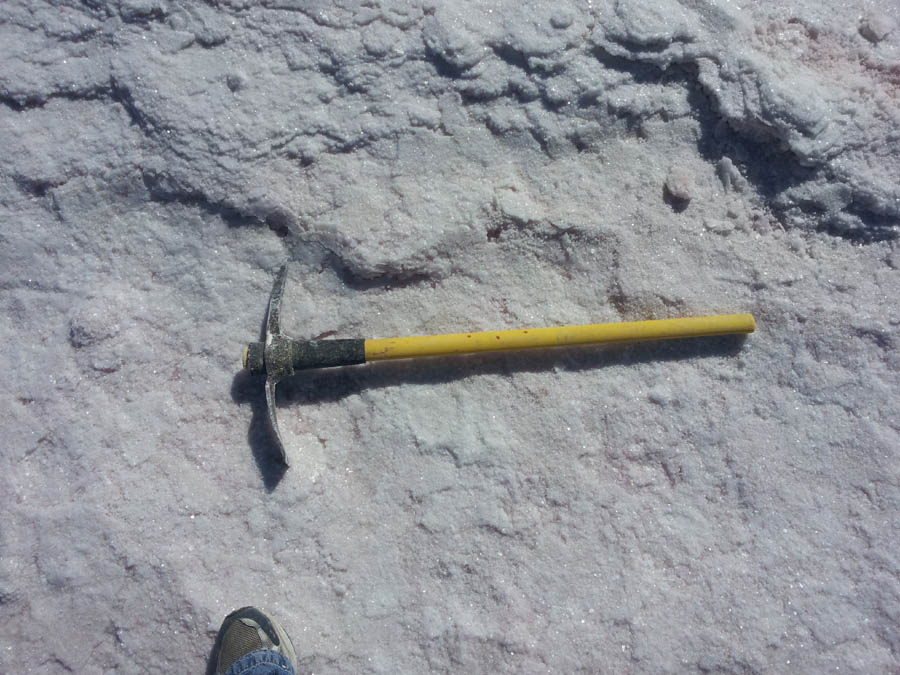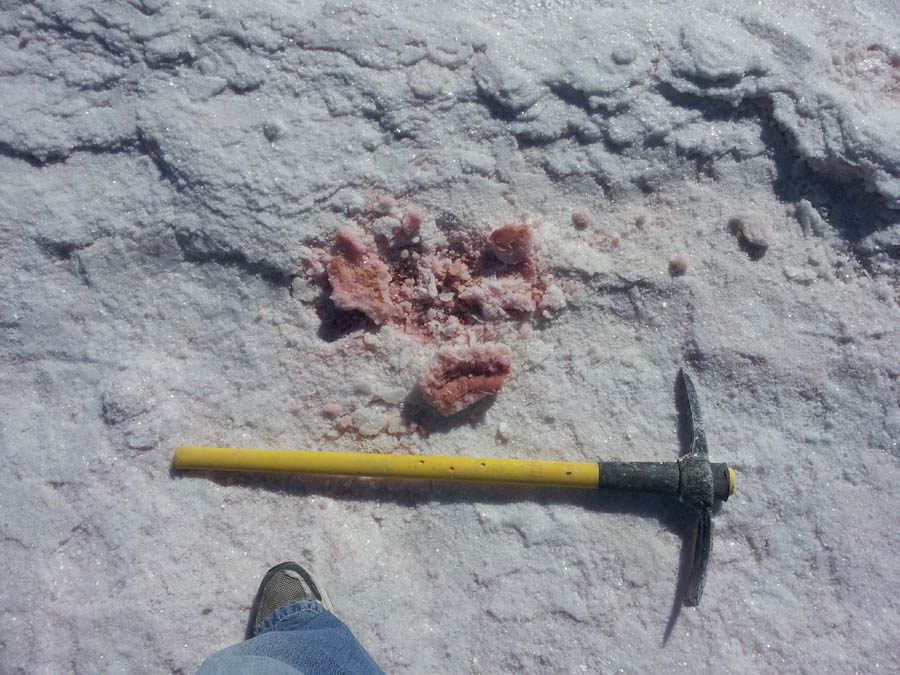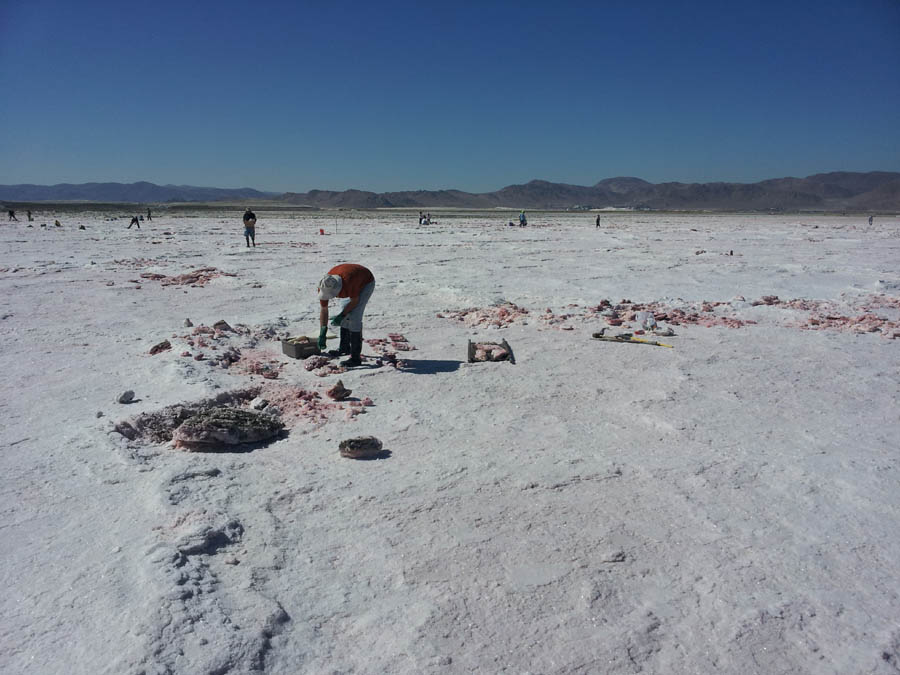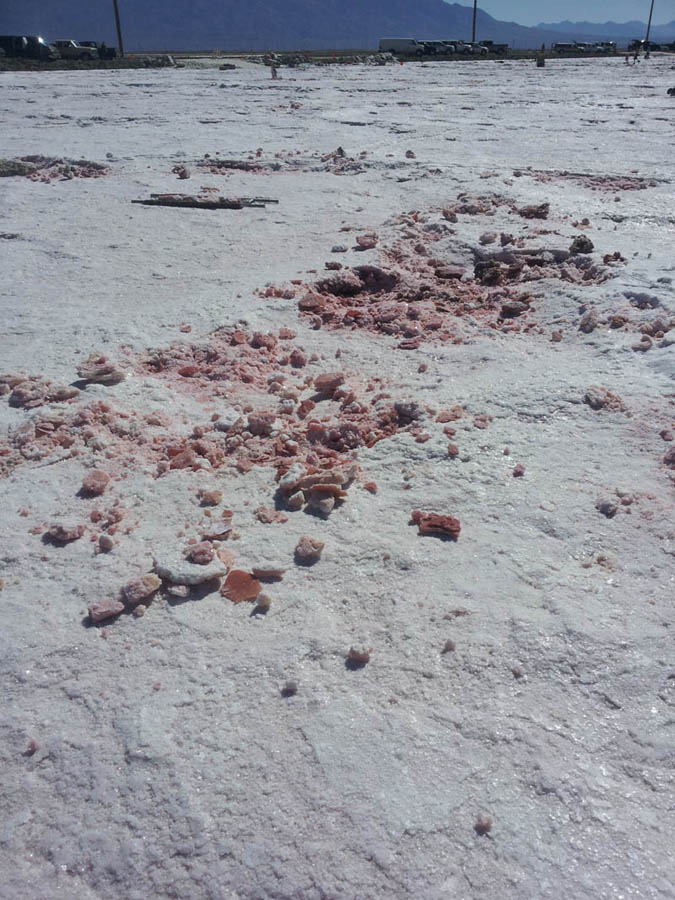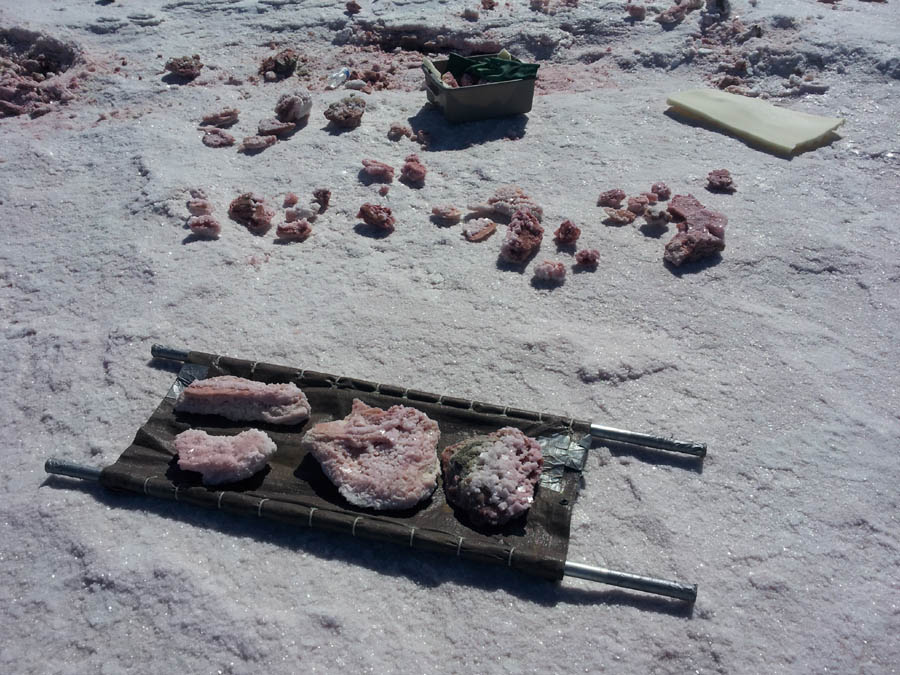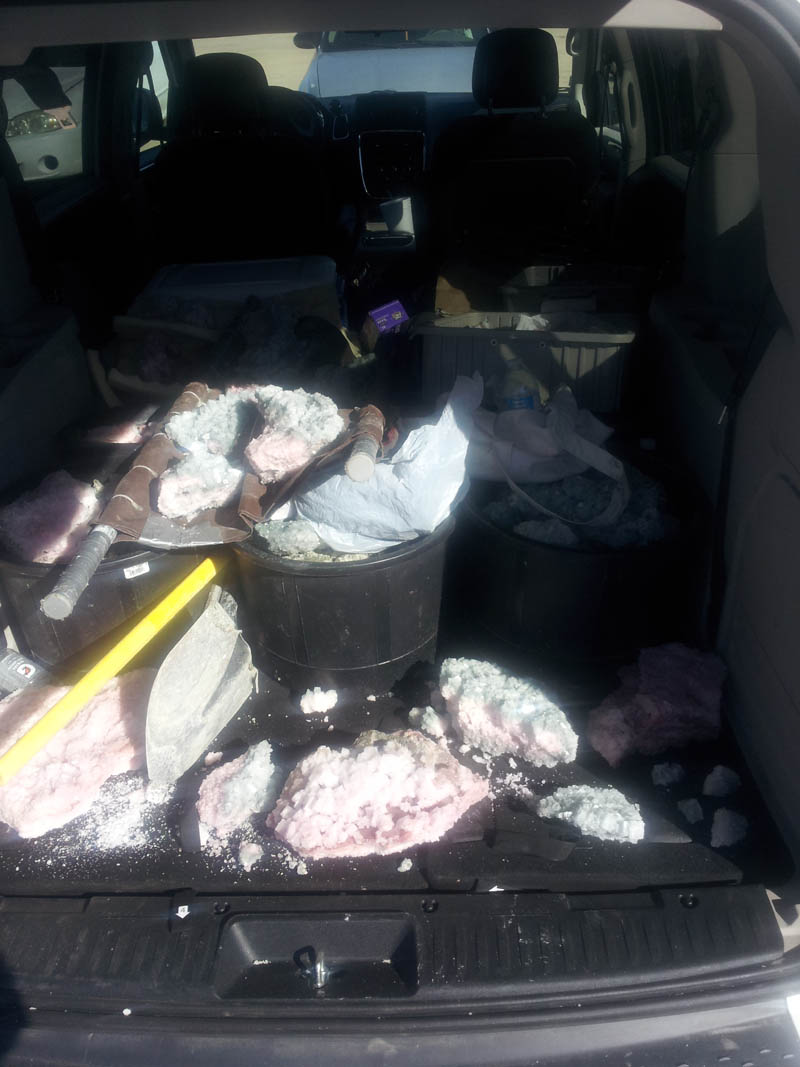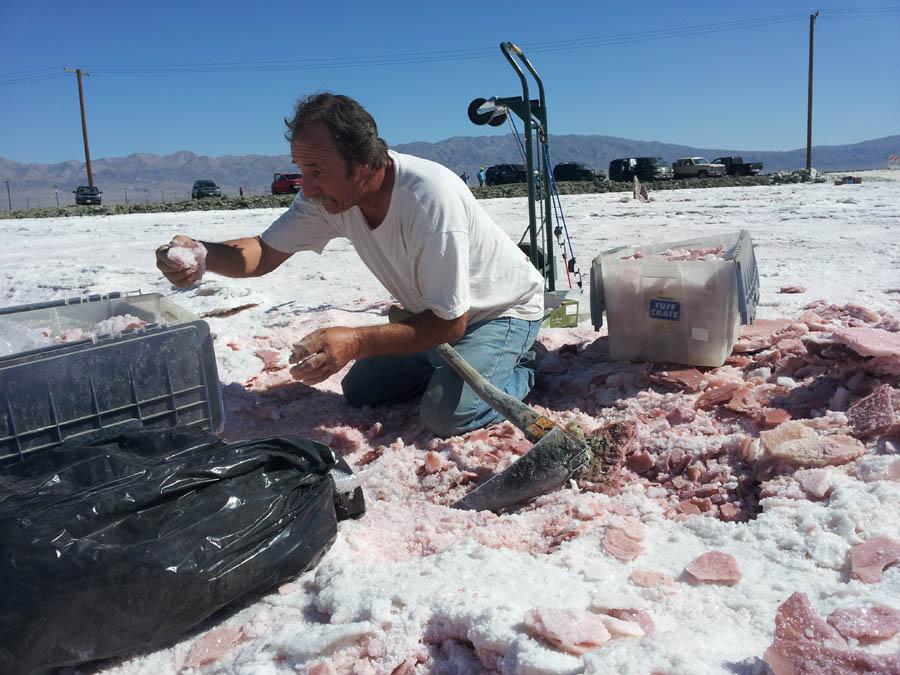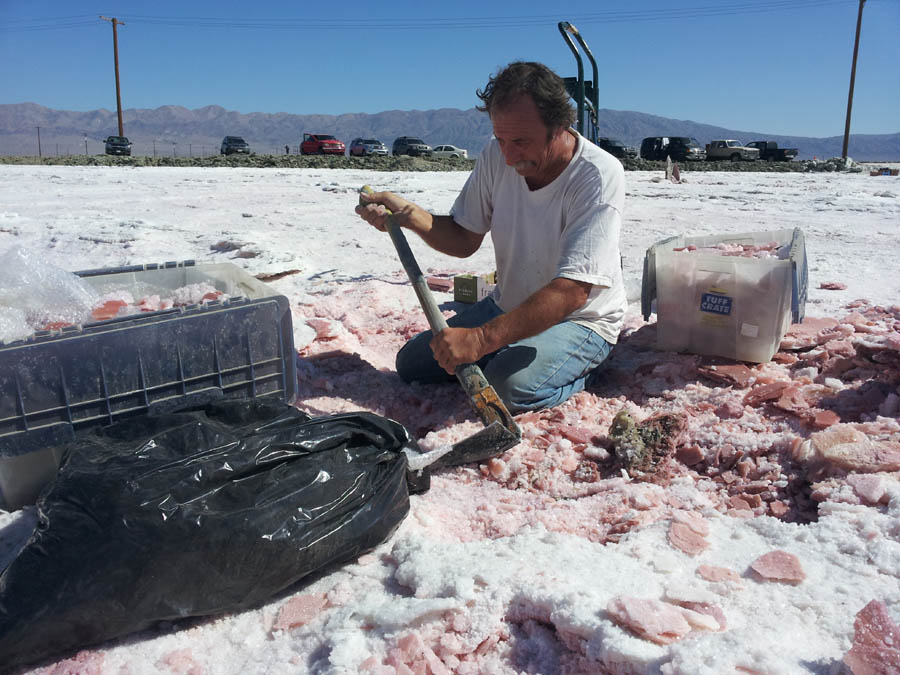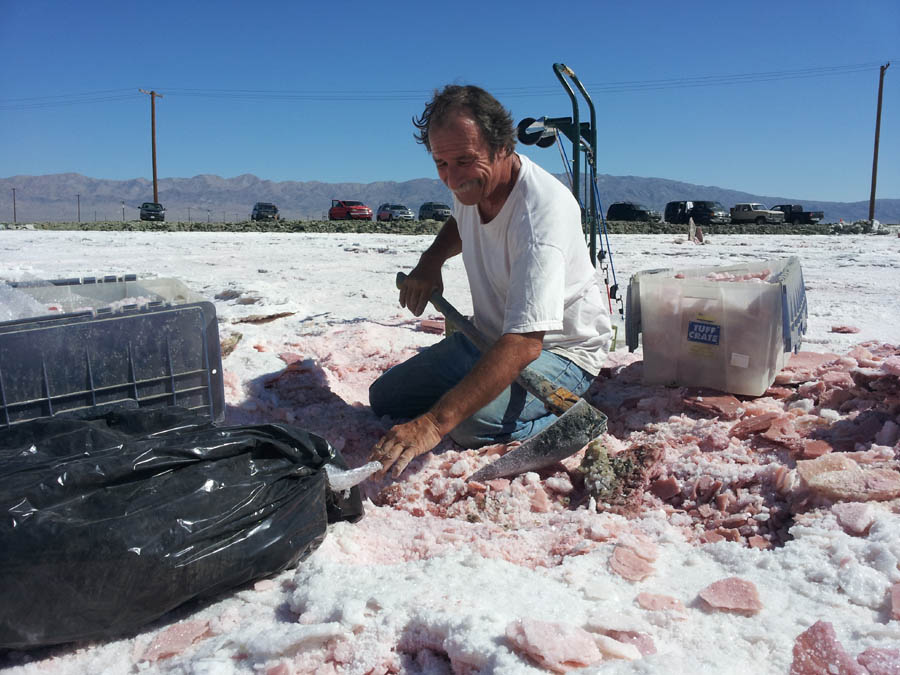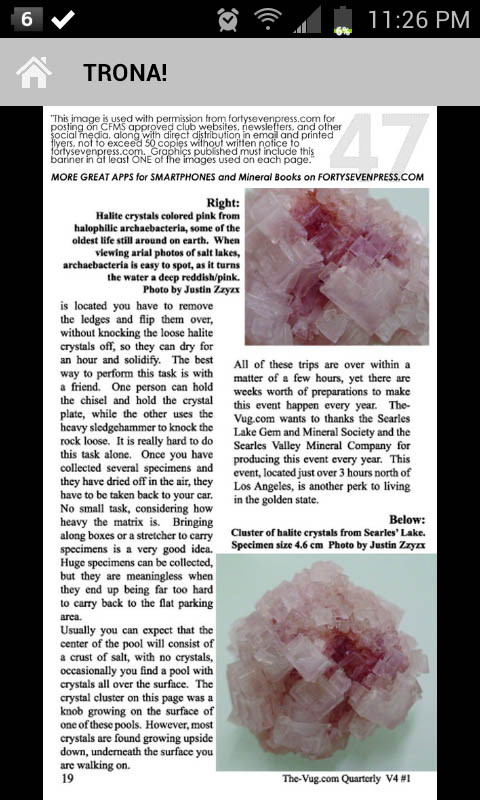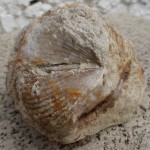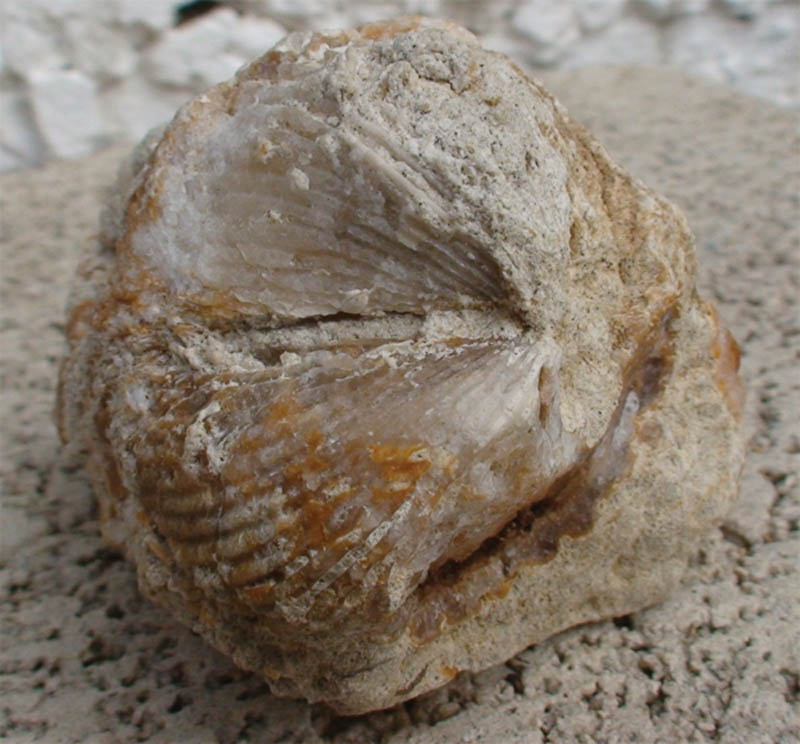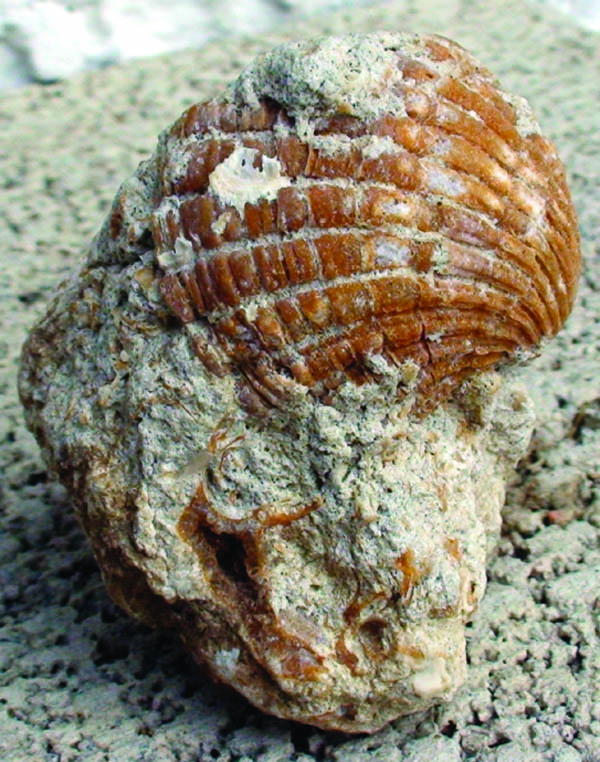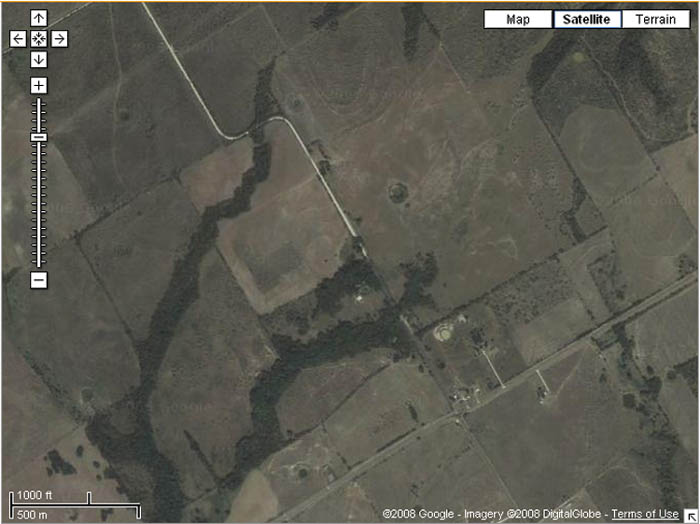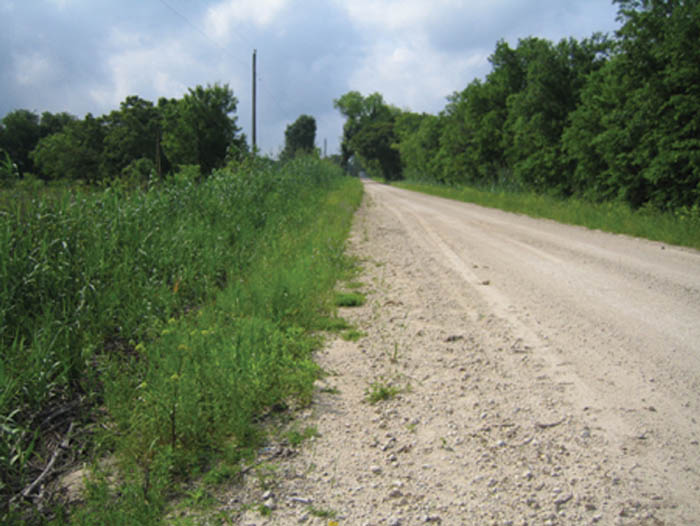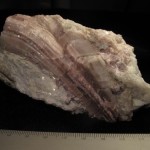
[sg_popup id=1]
The Brown Derby #1 Pegmatite, Gunnison County, Colorado- An unusual LCT-Type Pegmatite with Rubellite Tourmaline, Lepidolite and Rare Earth Element Species
Philip M. Persson
3139 Larimer St., Denver, CO, 80205
perssonrareminerals.com
Exploration Geologist

When it comes to Colorado pegmatite’s, most people think of the vivid and prolific smoky quartz and ‘Amazonite’ feldspar combinations or perhaps fluorite or topaz crystals from the Pike’s Peak batholith, which can be seen in collections all over the world. Tourmaline is certainly not a species that comes to most collector’s mind’s from the Rocky Mountains, yet Colorado does contain several unusual and interesting pegmatite’s of the ‘LCT’ (lithium-tantalim-Niobium) type which contain fairly high-quality (though not ‘gem’ in the pocket sense) tourmaline crystals along with other rarer species. The most notable and certainly the most studied of these deposits is the Brown Derby #1 Pegmatite, located in the Ohio City/Quartz Creek District, approximately 18 miles northeast of Gunnison in the high mountains of Central Colorado. First mentioned by Eckel (1933) and later by Staatz and Trites (1955) in their exhaustive study on the Quartz Creek Pegmatite District, this locality has long been of interest to both collectors and mineralogists. In recent years, however, due to a combination of property access issues, remoteness, and a shift in focus of Colorado collecting to ‘dig’ localities for smoky quartz, amazonite et cetera, the Brown Derby seems all but forgotten. This article is not an attempt to eclipse or duplicate the already extensive literature on this locality, but rather provide a modern and collector-oriented perspective on this fascinating deposit.

Gunnison Colorado, where the Quartz Creek Pegmatite District is located
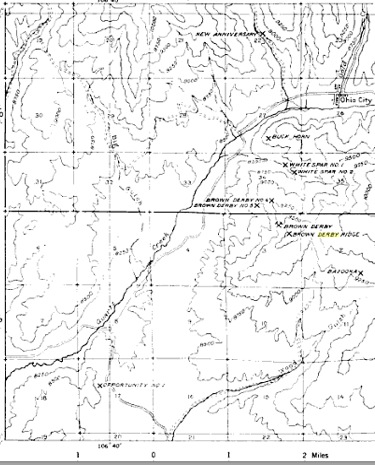
Close up of the Quartz Creek Pegmatite District
The Brown Derby #1 Pegmatite is the largest and most mineralogically-complex of a group of over 5 semi-parallel, dike-like pegmatite bodies which are situated on the western slope of a fairly prominent ~9400 foot high hill above the small settlement of Ohio City, approximately 18 miles northeast of Gunnison, Colorado, and 180 airline miles southwest of Denver. (Staatz & Trites 1955). According to Cerny (1991)’s pegmatite classification scheme, these are classic ‘LCT’ (lithium-tantalum-niobium) type deposits, and contain the geochemical and mineralogical characteristics of such deposits. They intrude ~1.7 billion year old metadiorite and associated metamorphic rocks of the Idaho Springs group, the Precambrian basement complex which covers a large portion of the State. Geochronology work by Heinrich (1967) and others found the pegmatite’s to be syngenetic to metamorphosis of the host rocks ~1.7 billion years ago, and they intruded as large sheet-like bodies parallel to the internal foliation and structure of the host rock. They strike N/NE and dip gently into the steep southeast hillside at 20-35 degrees (Heinrich 1967). The largest 3 pegmatite’s of the Brown Derby group all display exceptional mineralogical and geochemical zoning which is typical of most large LCT-type deposits, with the #1 Dike exhibiting the highest mineral diversity.
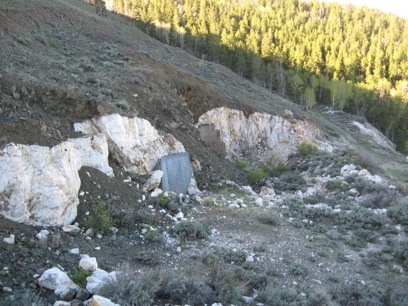
Figure 2: Looking Southeast along the strike of the Brown Derby #1 Pegmatite; large metal grate visible in center of photo is covering one of the underground drifts leading to a large stope on the core of the deposit. (Photo copyright Rudy Bolona/mindat.org)
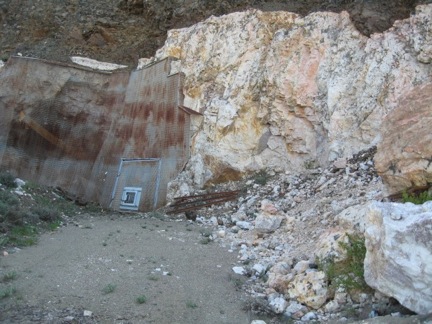
Figure 3: The Entrance to the #2 Tunnel, or main adit of the Brown Derby #1 Pegmatite, showing the sharp contact between pegmatite (white rock) and overlying metadiorite (dark gray) at the hanging wall contact. (Photo copyright Rudy Bolona/mindat.org)
The #1 Pegmatite was developed from the early 1930’s through the 1970’s and was mined principally for the lithium content of lepidolite, along ceramic-grade feldspar, minor beryl, and a somewhat substantial production of microlite, a tantlum species, though it is unclear if the resulting microlite concentrate was ever processed (Heinrich, 1967). It is presently divided into two properties in legal terms; a large surface exposure with associated dumps, which sit on National Forest/BLM land and are open to mineral collecting, and a fairly small underground portion which is owned by a group which identifies themselves as ‘Precious Offerings Mineral Exchange, LLC’ and is based in Boulder, Colorado. They are involved in Bureau of Mines-mandated remediation work on the underground workings of the Brown Derby #1 Mine, and as their willingness to allow collectors underground is not presently known. The author does not want to encourage activity which may compromise their remediation efforts; therefore this article will focus on specimens and species which can be collected from surface dumps and exposures, of which there are many. Hopefully in the future, the owners of the underground mineral rights will allow collectors to participate in their efforts to recover specimens from this unusual deposit.
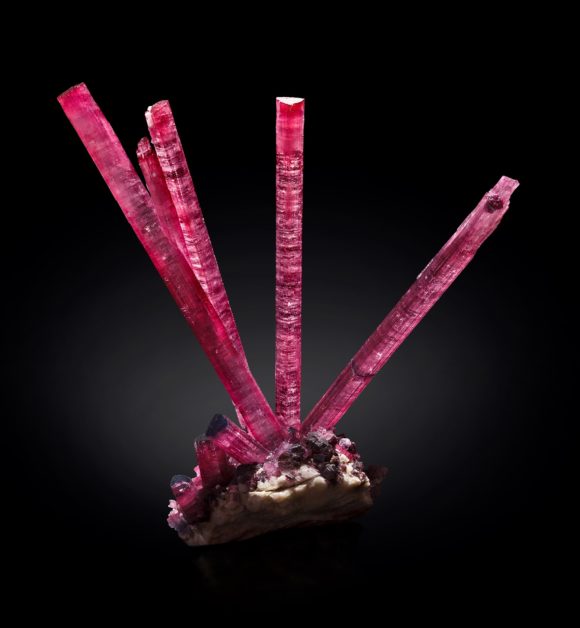
While Tourmaline crystals like this can not be found here, you can see plenty of amazing photos by clicking on this photo of a Brazilian Tourmaline cluster!
The Brown Derby Mine is best approached from U.S Highway 50 from a small turnoff approximately 6 miles east of the small settlement of Parlin and 17 miles east of Gunnison. Turn north here onto Forest Service road 802, also locally marked as the 44 Road. From here, continue north ~1.5 miles, bearing right at the ‘Y’ onto 802 north where some small granitic-looking outcrops start to become visible on your right. Continue on this fairly good dirt road north/northeast past a small stream crossing (may not be passable to passenger cars after recent rain or in the spring) and ~1 mile after the stream crossing, bear left at another fork up an obvious large ‘humpback’ like sagebrush-covered hill, passing a cattle fence (please respect local ranchers and close gate after your drive through!). Continue on this steepening road for another ~1.5 miles over somewhat rough terrain (4 wheel drive/AWD necessary, though high clearance is not mandatory for this section) until you reach a large flat ridgeline with small aspen trees in a grove on your left. This is a good camping spot. Continue until the road apparently disappears into the sage rush, then pick up another fairly good dirt road leading steeply downhill to the left/west towards now fairly obvious white pegmatite mine dumps below you. Continue down past several switchbacks to an eventual right turn through an open gate to a mine access road leading past an abandoned shack where core samples were stored/examined. The large dumps below you and the large gated adit to your right are the Brown Derby #1 Mine.
Tourmaline: Tourmaline is found in an impressive range of colors and several species at the Brown Derby #1 Mine. Of primary interest to collectors are large crystals and sprays of Elbaite variety Rubellite, which ranges from a dull whiteish-yellow color to choice ‘hot pink’ crystals reminiscent of Transbaikal, Russia or Stewart Mine, California rubellite crystals in color. While generally not gemmy, rare crystals to several cm. are found frozen in lepidolite and cleavelandite matrix, which do show gemmy, clear sections that could potentially yield small gems. An early 1970’s Denver Post article reported gem-quality elbaite in small amounts from the Brown Derby Mine (Eckels 1997), but the author has not seen any of this material in collections or institutions. Most impressive and aesthetic are radiating ‘sprays’ of parallel to sub-parallel pink Rubellite crystals set in coarse purple lepidolite matrix, with individual rubellite crystals up to 15 cm. or more in length. Early reports indicate that in several ‘pods’ in the core of the pegmatite, ‘logs’ of elbaite tourmaine crystals up to 30 cm. long showing ‘watermelon’ zoning with rubellite surrounding an elbaite core were found. The author has personally seen well-formed crystals up to 20 x 5 cm. in place. Also interesting are elbaite crystals which are either partially or fully psuedomorphed by lepidolite or muscovite, which are locally common. Large masses of tightly intergrowth elbaite crystals showing an amazing color gradation from lime-green to yellow to pink to reddish within a single crystal were also found fairly commonly (Staatz & Trites 1955). Staatz et al. (1955) looked at the geochemical variations within these crystals as a guide to color and color gradation, as well at petrogenesis of the pegmatite as a whole. Schorl is also found fairly abundantly at the Brown Derby #1 Mine, where it occurs in the wallzone and outer intermediate zones of the pegmatite, generally in subhedral to poor crystals, sometime radiating outward into the metadiorite.
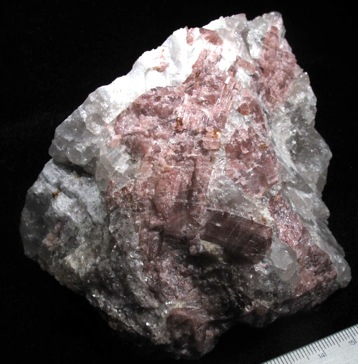
Figure 4: 4 cm. long, slightly gemmy hot-pink Rubellite tourmaline crystals in quartz with partial rubellite crystals surrounding it, Brown Derby #1 Pegmatite.
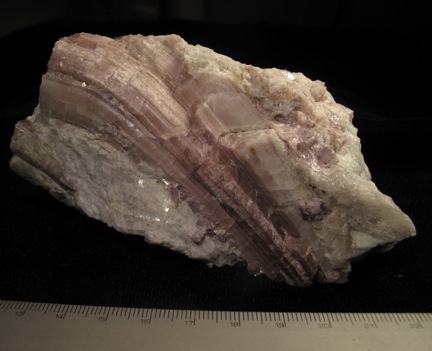
Figure 5: Naturally ‘curved’ Rubellite tourmaline crystal in Cleavelandite and lepidolite. Curvature resulted from tectonic movement in pegmatite during crystallization. Scale in cm.
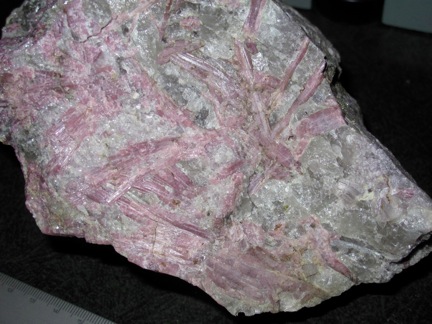
Figure 6: Spray of radiating pink Rubellite crystals to ~5 cm. in fine-grained lepidolite and quartz, similar to Stewart Mine, California material. ~15 cm. field of view.
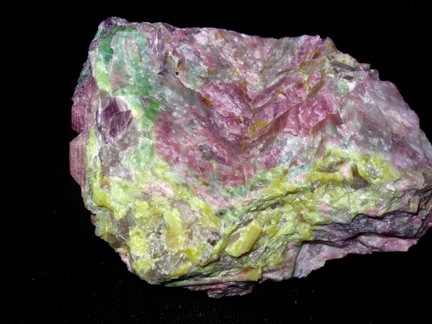
Figure 7: Good example of massive to coarsely-crystalline ‘polychrome’ tourmaline with gradation from pink to green to yellow, showing some translucent to slightly gemmy sections. Field of View 15 cm. across.
Lepidolite: Second after tourmaline in interest to collectors, and arguably more famous from the Brown Derby Mine is Lepidolite, the violet-colored lithium mica, which occurs here as ‘books’ and crystals to over 10” across! Books of lepidolite several inches across are common, and even 6” crystals are not unusual. Masses of nearly solid lepidolite 5-10 feet across can be observed in places in the pegmatite. Lepidolite along with other mica’s at the Brown Derby Mine were studied by Heinrich (1967), who also noted muscovite, zinnwaldite, and polylithionite, though the occurrence of the latter is questionable. In addition to the large tabular hexagonal ‘books’, lepidolite also occurs as large masses of fine-grained, equigranular crystals to several mm., which generally host more unusual species such as microlite or monazite. Finally, an unusual variety known as ‘ball lepidolite’ occurs locally in hemispherical masses up to 15 cm. composed of rounded, subparellel crystals, which supposedly have been worked into cabachons and other lapidary items. All lepidolite from the Brown Derby #1 Mine shows a handsome rich purple color and a generally bright luster.
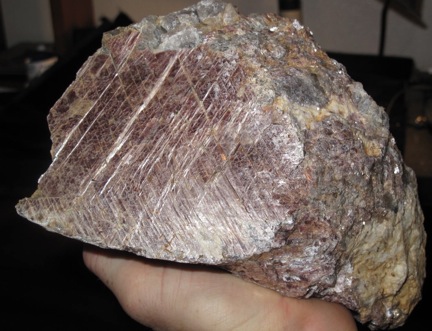
Figure 8: Large books of Lepidolite to 15 cm. across in quartz-cleavelandite pegmatite, hand for scale.
Monazite-(Sm): In addition to fairly common mineral like elbaite and lepidolite, the Brown Derby #1 Mine is also unusual in it’s concentration of more unusual rare earth element (REE) species. Arguably the most interesting of these is the recent discovery of Monazite-(Sm), though the possibility of this species at the Brown Derby Was first noted over 50 years earlier by the always astute E.M Heinrich (1960), who analyzed several monazite samples from the Brown Derby #1 Mine containing >10% Samarium(!) Colorado field collector and REE specialist Rudy Bolona collected several specimens of brownish-red massive Monazite associated with white Cleavelandite feldspar and lepidolite from a single boulder on the dumps in 2009, and subsequently has a sample sent to Dr. George B. Morgan at the University of Oklahoma, who analyzed it to be the very rare species Monazite-(Sm), found only at 3 other localities worldwide. While all monazite samples from the Brown Derby #1 Mine analyzed by Heinrich (1960) appear to contain enough Sm to qualify as Monazite-(Sm), Monazite-(Ce) also occurs at this deposit, so it is not safe to assume that all monazite collected at the Brown Derby #1 is Monazite-(Sm). Monazite-(Sm) occurs at the Brown Derby #1 Pegmatite as subhedral masses to crude crystals up to ~6.5 cm. across, typically embedded in fine-grained lepidolite with cleavelandite feldspar and quartz. The Brown Derby #1 occurrence may represent the best locality in the world for this rare species, and new finds of this rare mineral are possible on the extensive dumps.
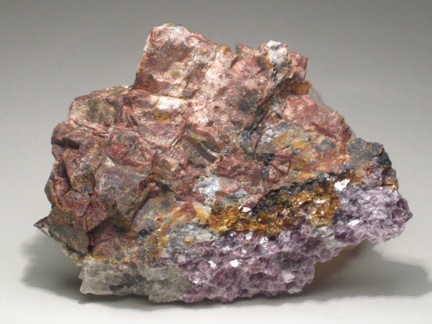
Figure 9: Massive reddish-brown Monazite-(Sm) (analyzed) with purple lepidolite, 6.8 cm. across. (Photo copyright Rudy Bolona/mindat.org)
Pollucite: The Brown Derby #1 Pegmatite represents the only Colorado locality for this rare cesium species, which occurs as two large, ~30 cm. wide massive pods in the central core zone of the pegmatite, along with large crude crystals of opaque topaz, cleavelandite, and quartz (personal communication with Rudy Bolona, September 2009). No crystallized material is known, nor has this mineral been reported from the dumps.
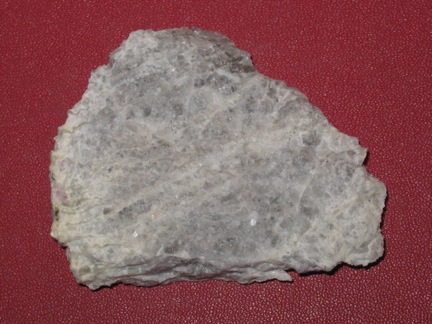
Figure 10: Massive white crystalline Pollucite, 6.5 cm. across. (Photo copyright Rudy Bolona/mindat.org)
Stibiotantalite: Stibiotantalite is a rare Antimony Tantalum Niobium Oxide species found in LCT-type pegmatite’s and was first described from the Brown Derby #1 Pegmatite by Heinrich & Giardini in 1957. It occurs as subhedral to poorly euhedral crystals generally 1-2 cm. but rarely up to 5 cm. associated with the secondary Tantalum species Rynersonite as a white to cream surface alteration of the stibiotantalite. Heinrich & Giardini found stibiotantalite on a large boulder on the dumps of the #1 Pegmatite, and thought that possibly all the stibiotantalite in the #1 pegmatite was contained in this single block, a large mass of cleavelandite, topaz and lepidolite from the core margin core. However, recent finds of small Stibiotantalite crystals by Colorado collectors on the dumps would argue otherwise.
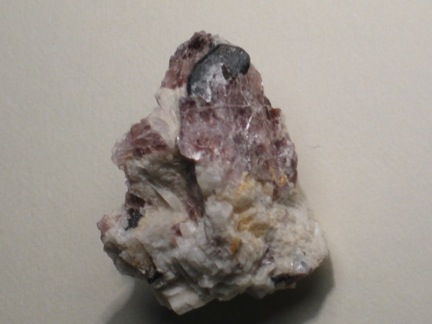
Figure 11: Well-formed 8 mm. long Stibiotantalite crystal on lepidolite-cleavelandite pegmatite, collected recently on the dumps. (Photo copyright Rudy Bolona/mindat.org)
Columbite-(Fe): Columbite-(Fe), the Fe-analogue of the Niobium oxide species Columbite, is found in several assemblages at the Brown Derby #1 Pegmatite. In the core margin zone of the pegmatite, it is found with Cleavelandite feldspar, quartz, and mica minerals as large, crudely euhedral crystals to 10 cm. In the border zone of the pegmatite, especially towards the hanging wall contact with the metadiorite, it is found as small (<5 cm.) grains and crude crystals associated with reddish albite/perthite, Euxenite-(Y), and Monazite-(Ce). Nowhere at the Brown Derby deposit is Columbite-(Fe) an especially common nor conspicuous constituent, however it does occur through a wide portion of the pegmatite.
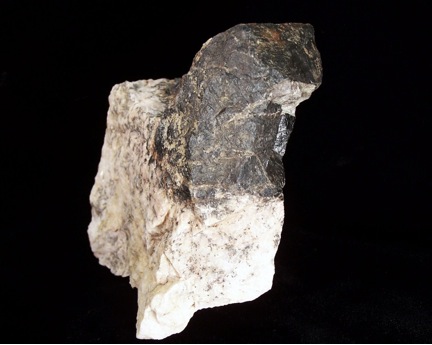
Figure 12: Partial crude crystal of Columbite-(Fe) in albite, 8 x 6 cm. (Photo copyright Dean Allum/mindat.org)
Euxenite-(Y): A glassy green metamict Rare Earth species, previously identified as Betafite in some literature, is now believed to be Euxenite-(Y) (Heinrich 1967). Euxenite-(Y) is restricted in occurrence at the Brown Derby pegmatite to a core-margin albite replacement near the upper north margin of the core, but may exist in other unrecognized or mined-out zones as well. It occurs here as metamict masses to 4 cm. in weathered red albite with schorl and columbite-(Fe), and is highly radioactive.
Monazite-(Ce): Monazite-(Ce) occurs at the Brown Derby #1 pegmatite in several assemblages, making non-quantitative distinguishing from Monazite-(Sm) difficult to impossible. It is found as fairly sharp euhedral crystals to ~2.5 cm. in red albite with columbite-(Fe), probably from an analogous assemblage to the aforementioned Euxenite-(Y) zone. The Harvard University Mineralogical museum has several excellent crystallized specimens, one of which (HMM #104814) is pictured here.
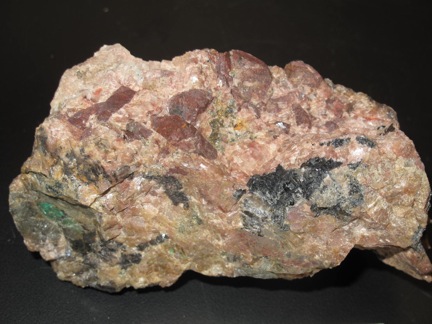
Figure 13: Well-formed crystals of Monazite-(Ce) to 2.4 cm. in perthite-albite-biotite pegmatite, Harvard Mineralogical Museum #104814.
Microlite: Microlite, the complex tantalum oxide species, is known from several zones of the Brown Derby #1 Pegmatite and was one of the significant economic minerals of this deposit, though the present distribution of microlite in the dumps and in-situ would suggest otherwise. This is probably due to the fact that microlite occurred in concentrated ‘shoots’ or elongated pods in fine-grained lepidolite-quartz-cleavelandite pegmatite, a mode of occurrence similar to that at the famous Harding Pegmatite in New Mexico. These ‘shoots’ were mined selectively for their microlite content, and ~1200 pounds of Microlite was concentrated and stockpiled for processing, though it is unclear if this material was ever actually sold (Hanley 1950). Hanley also estimates that ~9,000 lbs. of microlite remained at the time of his study in 1944 at the Brown Derby #1, though it is unclear how much of that has been mined since. Mineralogically, microlite forms small crude to somewhat euhedral octahedral crystals to 1 cm. with a resinous brown to black luster and distinctive radiation ‘burn halo’s’ in the surrounding lepidolite. These crystals are often quite radioactive and may in fact be uranomicrolite.
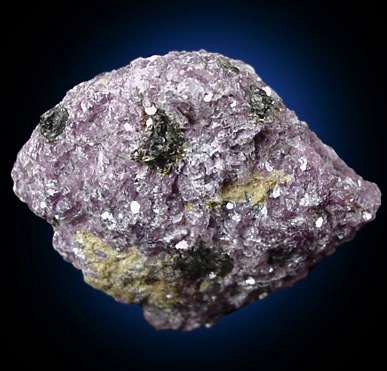
Figure 14: Microlite in crude 3-4 mm. crystals in fine-grained purple Lepidolite; specimen 4 cm. across. (Photo copyright John Betts/mindat.org)
Other accessory species: For the sake of brevity as well as the fact that they do not occur in ‘collector-quality’ crystals, other species such as Topaz, Beryl, Garnet, and Bismutite will not be discussed in detail here. Suffice it to say that they are present at the Brown Derby #1 Pegmatite, and a quick search of the already extensive literature on this deposit will yield many interesting references.
In closing, the Brown Derby #1 Pegmatite remains one of the more interesting and unusual pegmatite deposits in Colorado, and unlike many similar localities, a large portion of the dumps as well as surrounding prospects remain both on public land as well being as accessible to vehicles. The Brown Derby #1 deposit is also unusual in that while it continues to yield excellent, aesthetic specimens of relatively common minerals such as Rubellite tourmaline and lepidolite, finds of extremely rare species such as Monazite-(Sm) have also been made recently. If you plan to visit from Brown Derby #1 Pegmatite, please be respectful of local claim holders and property owners and exercise safety and common sense around the large dumps and potentially dangerous mine faces and outcrops. With persistence and luck, this locality should continue to yield great mineral specimens for many years to come.
References
1.) ‘Mica’s of the Brown Derby Pegmatites, Gunnison County, Colorado’, Heinrich, E.M, The American Mineralogist, Volume 52, July-August 1962.
2.) ‘A New Lepidolite Deposit in Colorado’, Eckel, F.B., American Scientific Society, 16, pp. 239-245.
3.) ‘Lithia Pegmatites of the Brown Derby Mine, Gunnison County Colorado’, Hanley, John B., 1946, American Mineralogist 31, 147.
4.) ‘Pegmatite Investigations in Colorado, Wyoming and Utah: 1942-1944’, E.M Heinrich et al., USGS Professional Paper Paper 227, 1950.
5.) ‘Stibiotantalite from the Brown Derby #1 Pegmatite, Colorado’, Heinrich, E.M & Giardini, A.A., American Mineralogist 45, pp. 728-731, 1960.
6.) ‘The Quartz Creek Pegmatite District, Gunnison County, Colorado’, Staatz, M.H. & Trites, A.F., USGS Professional Paper 265, 1955.
7.) ‘Paragenesis of the Topaz-Bearing Portion of the Brown Derby #1 Pegmatite, Gunnison County Colorado’, Rosenberg, P.E., American Mineralogist 57, 571-583, 1972.
8.) Mindat.org, accessed 8-01-2013 to 8-15-2013.

